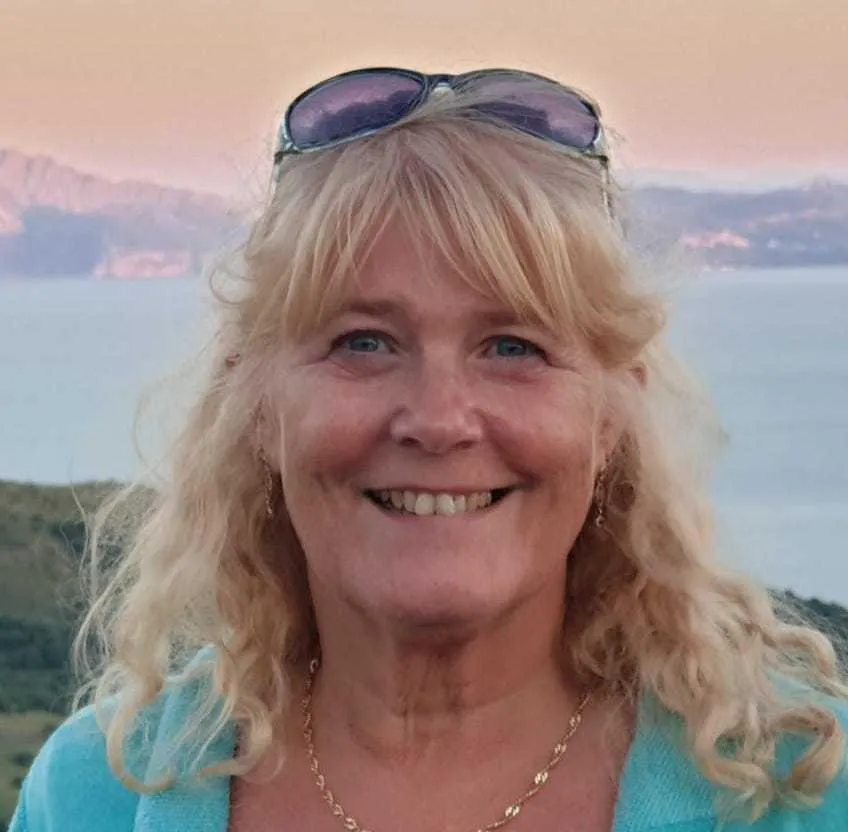
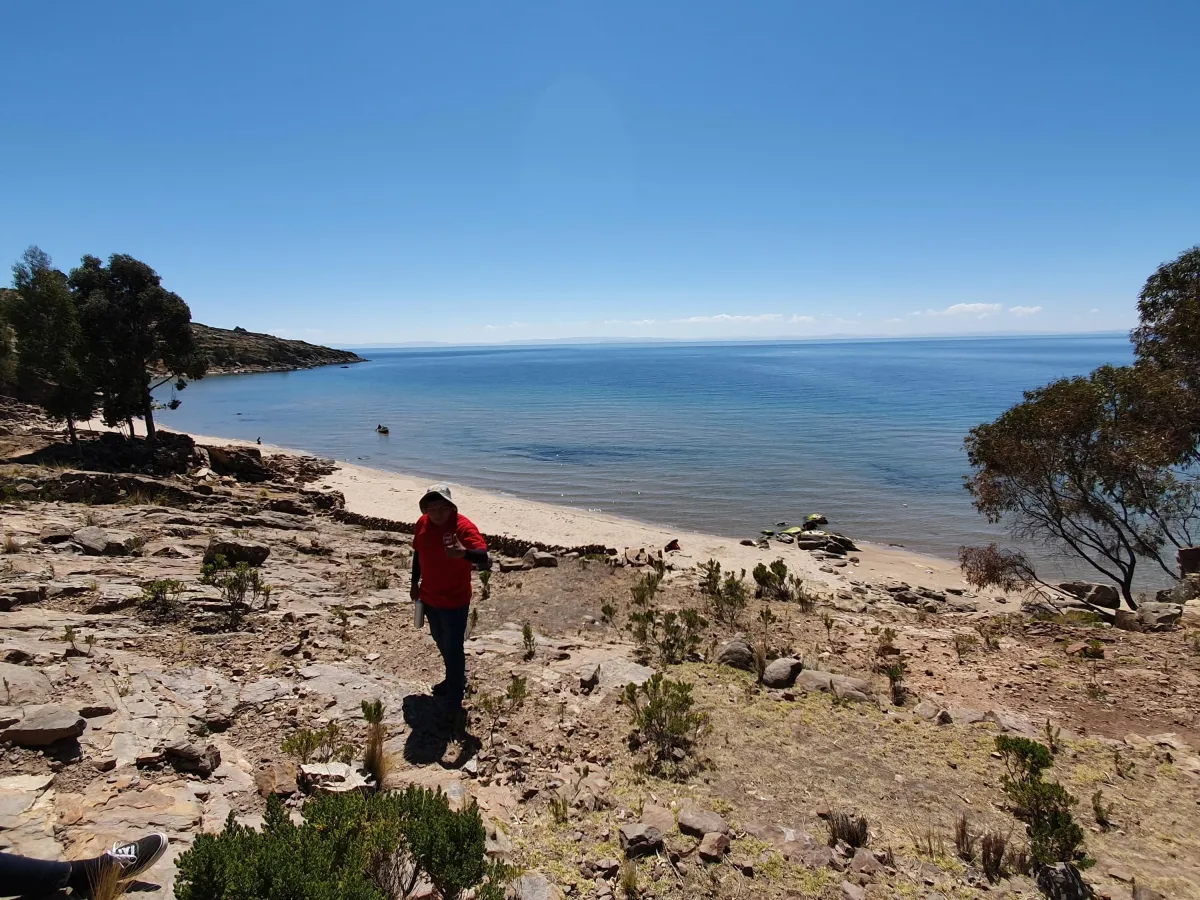
Join me in 2022
Machu Picchu Trips
Facebook Group
for all the details
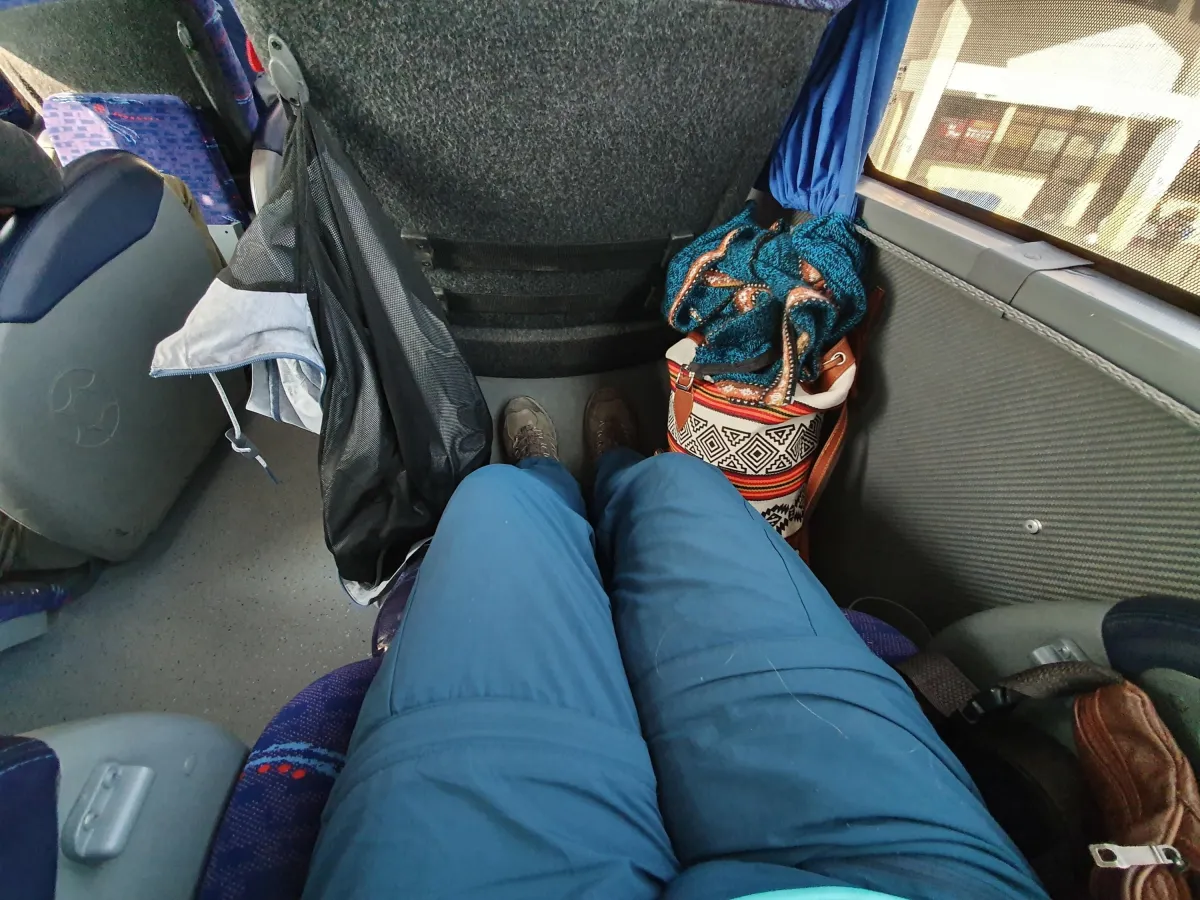
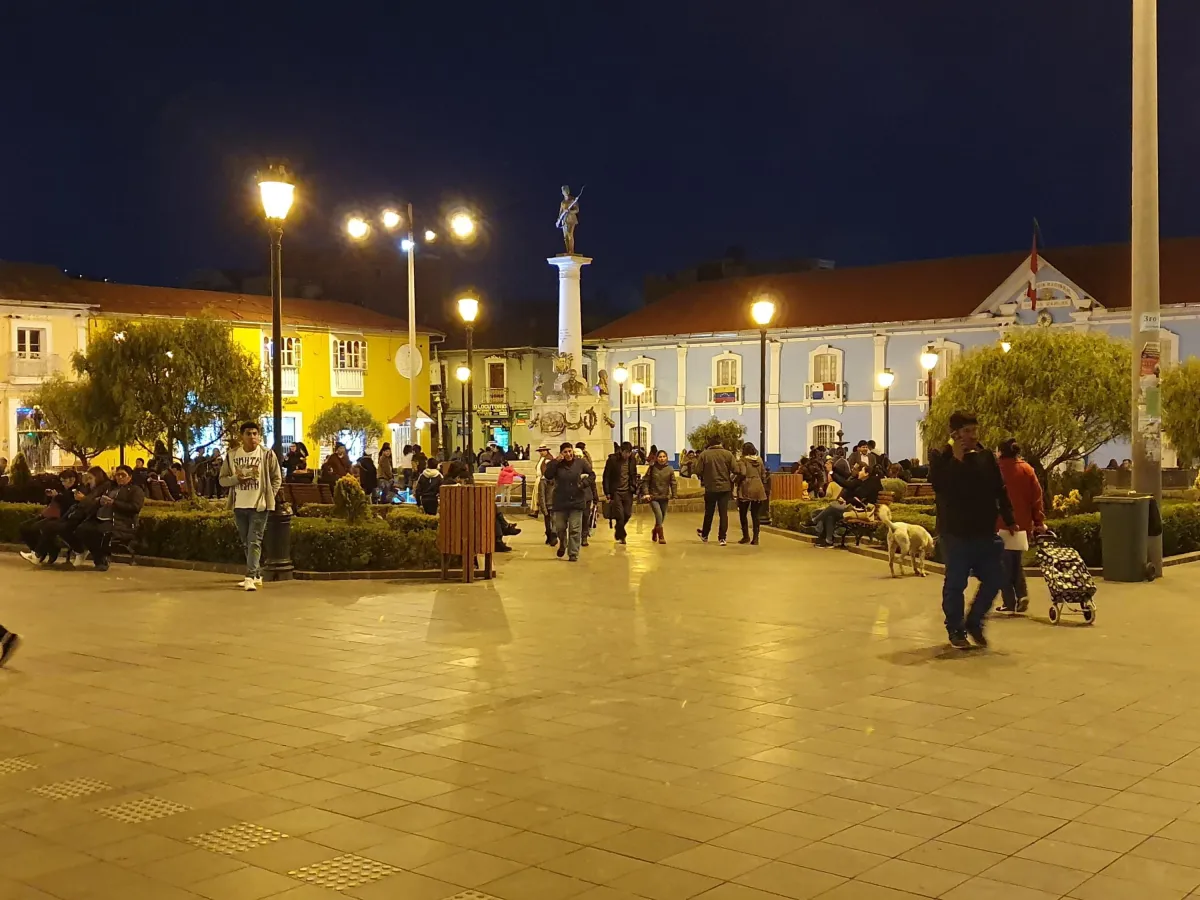
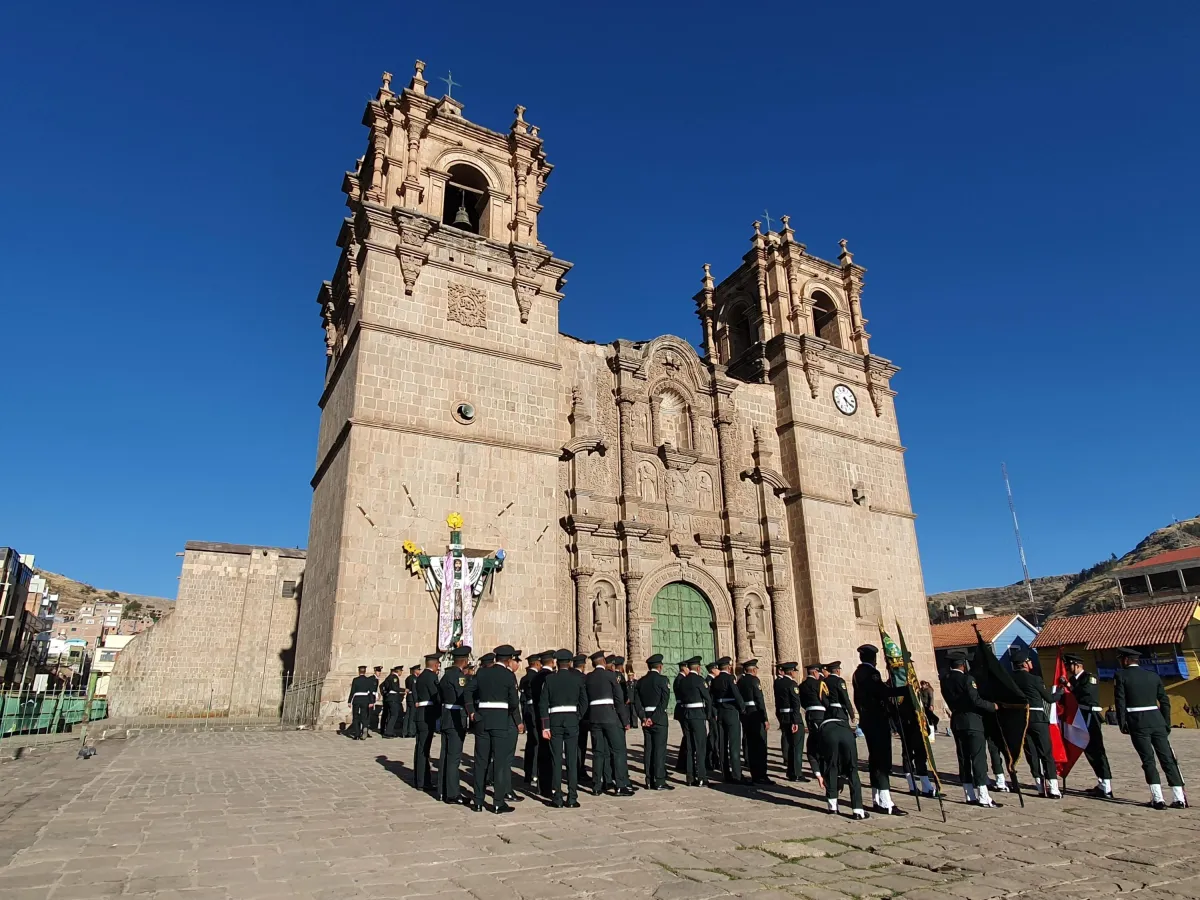
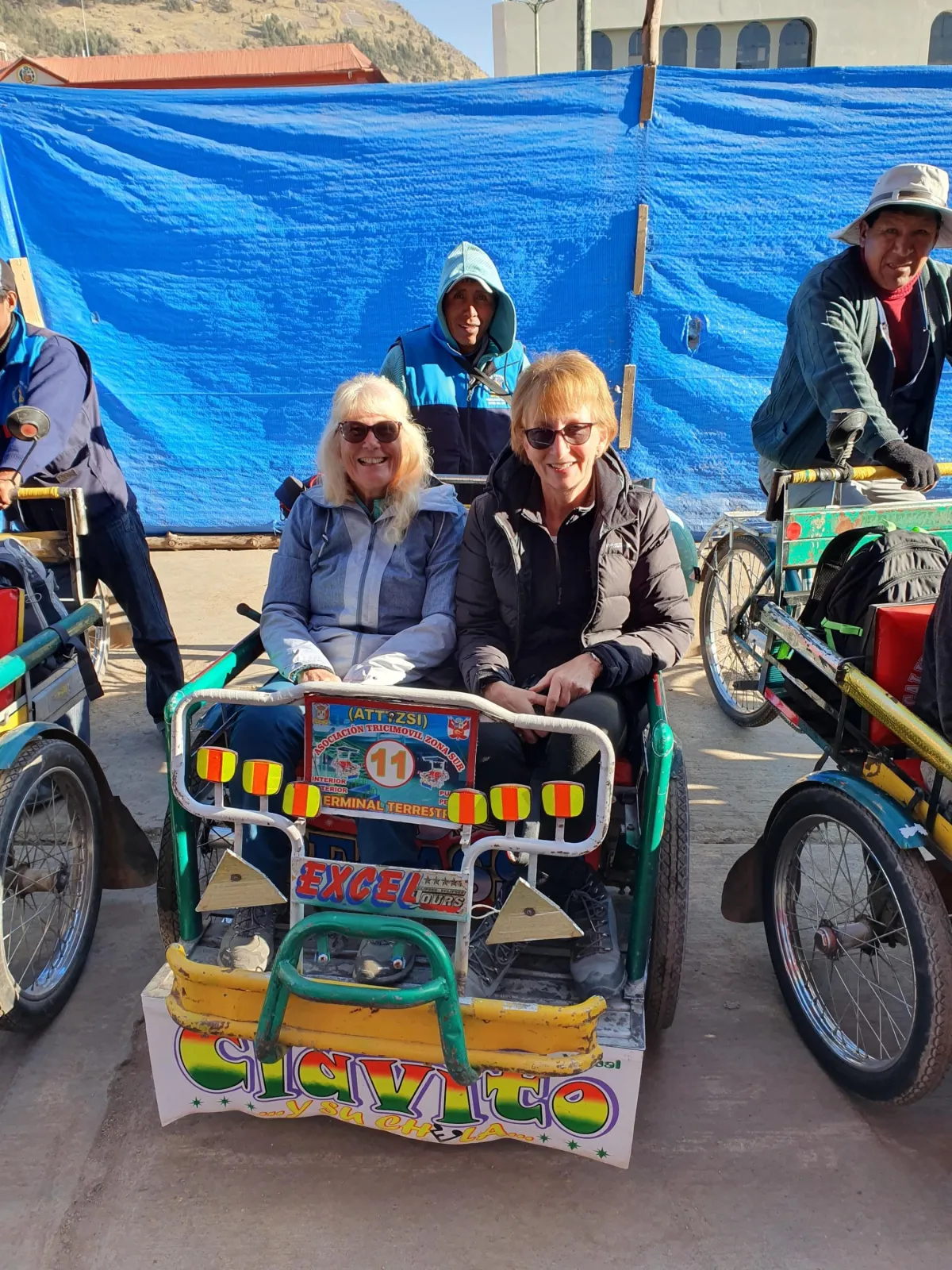
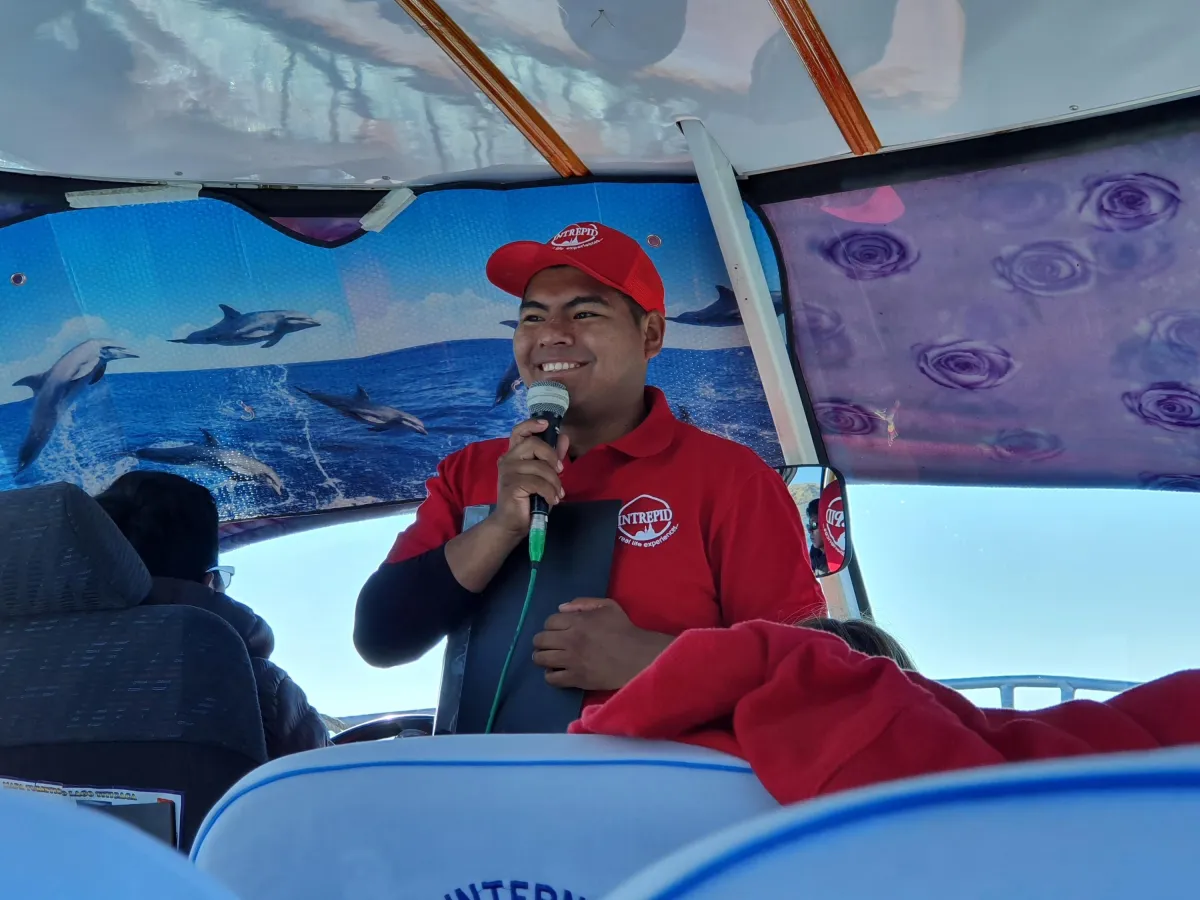
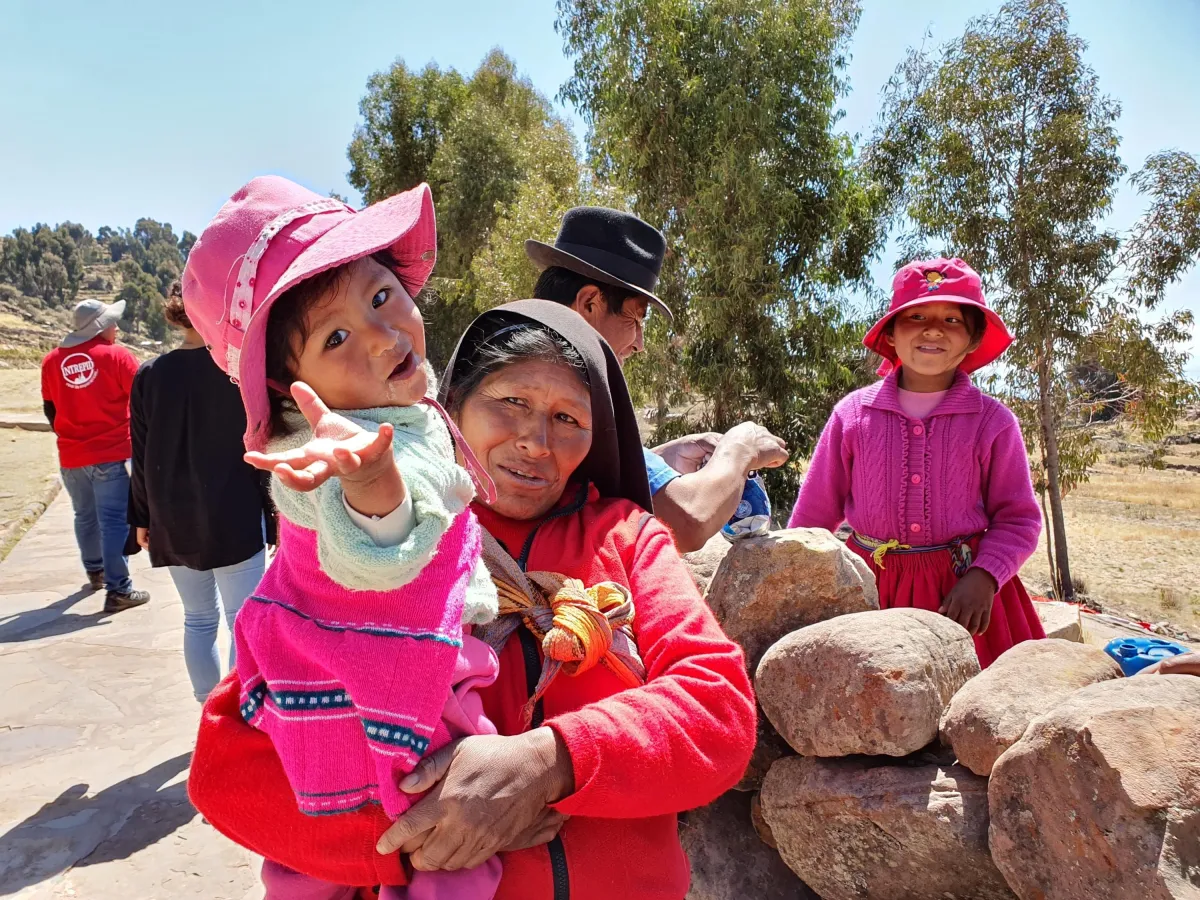
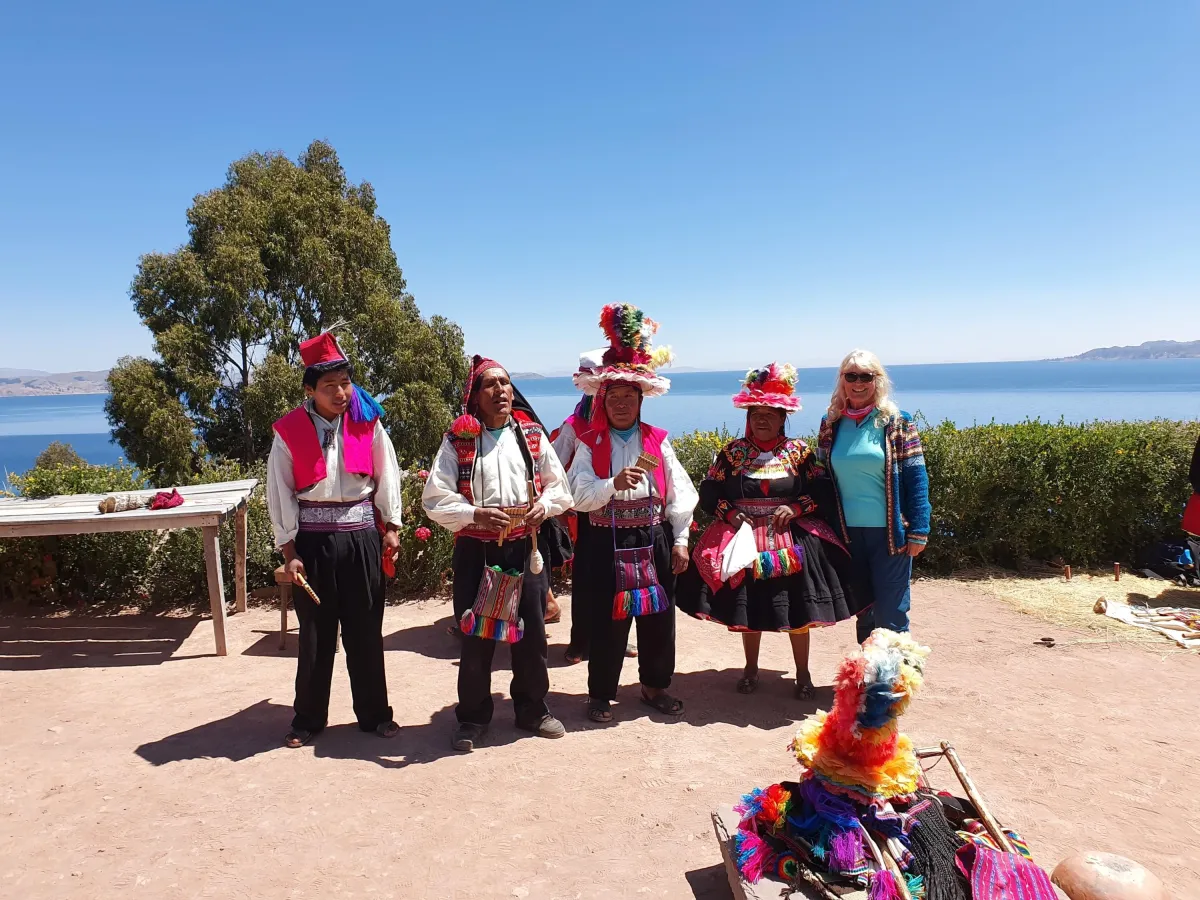
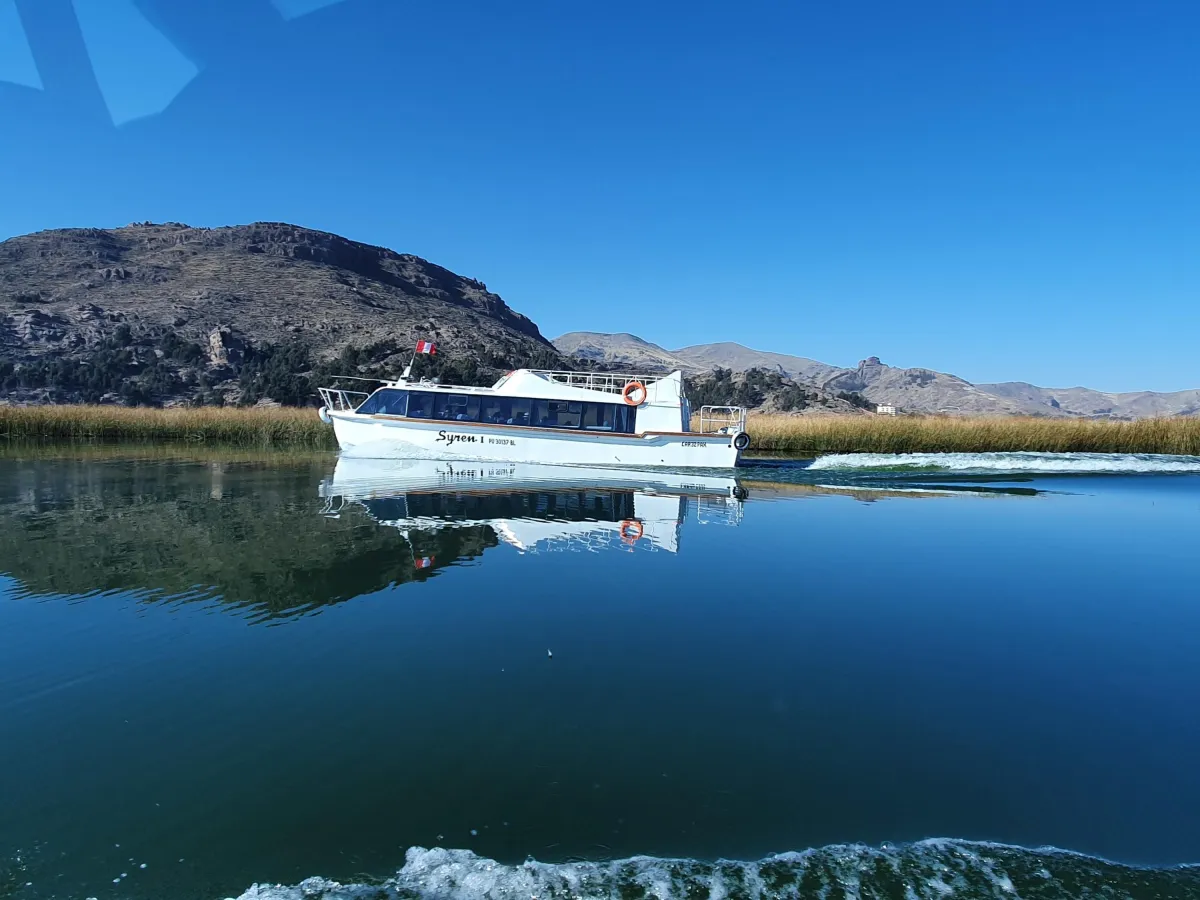

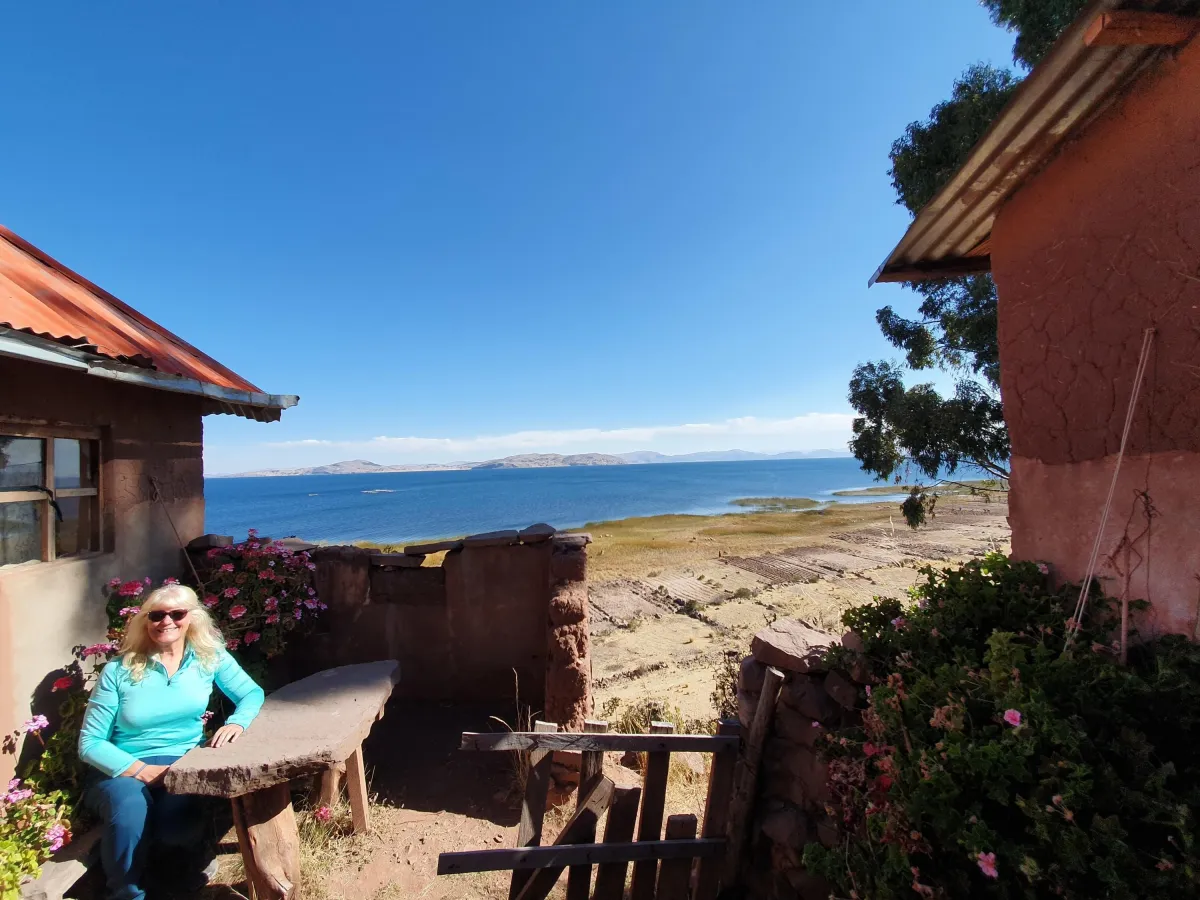
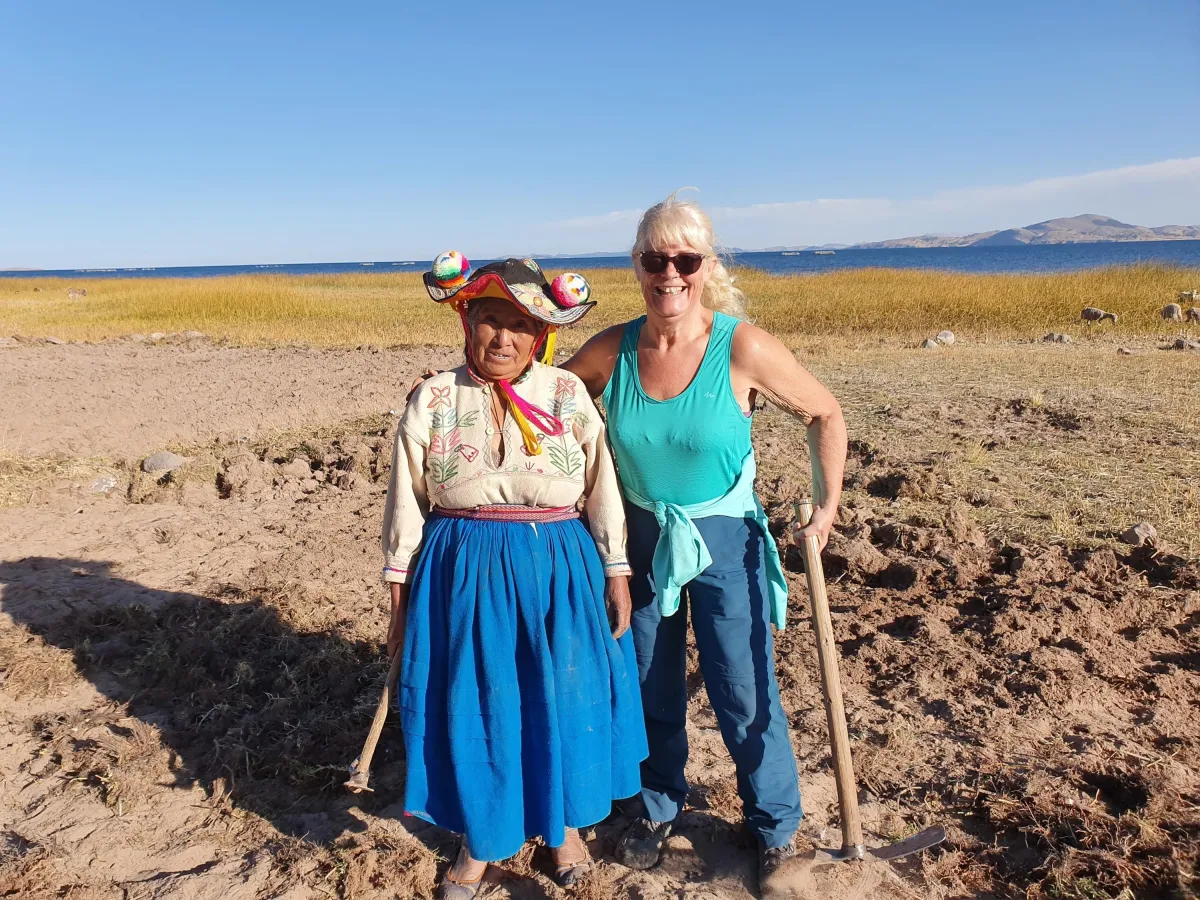
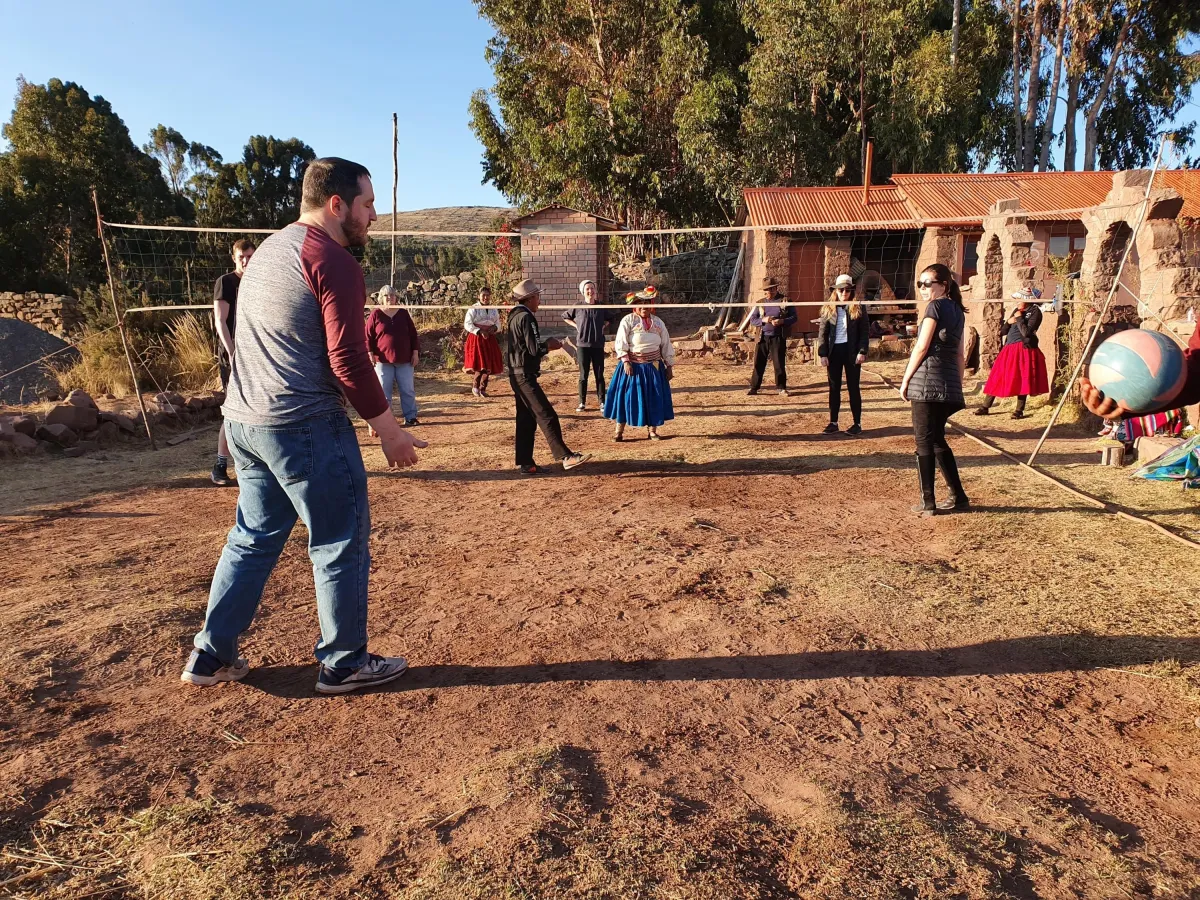
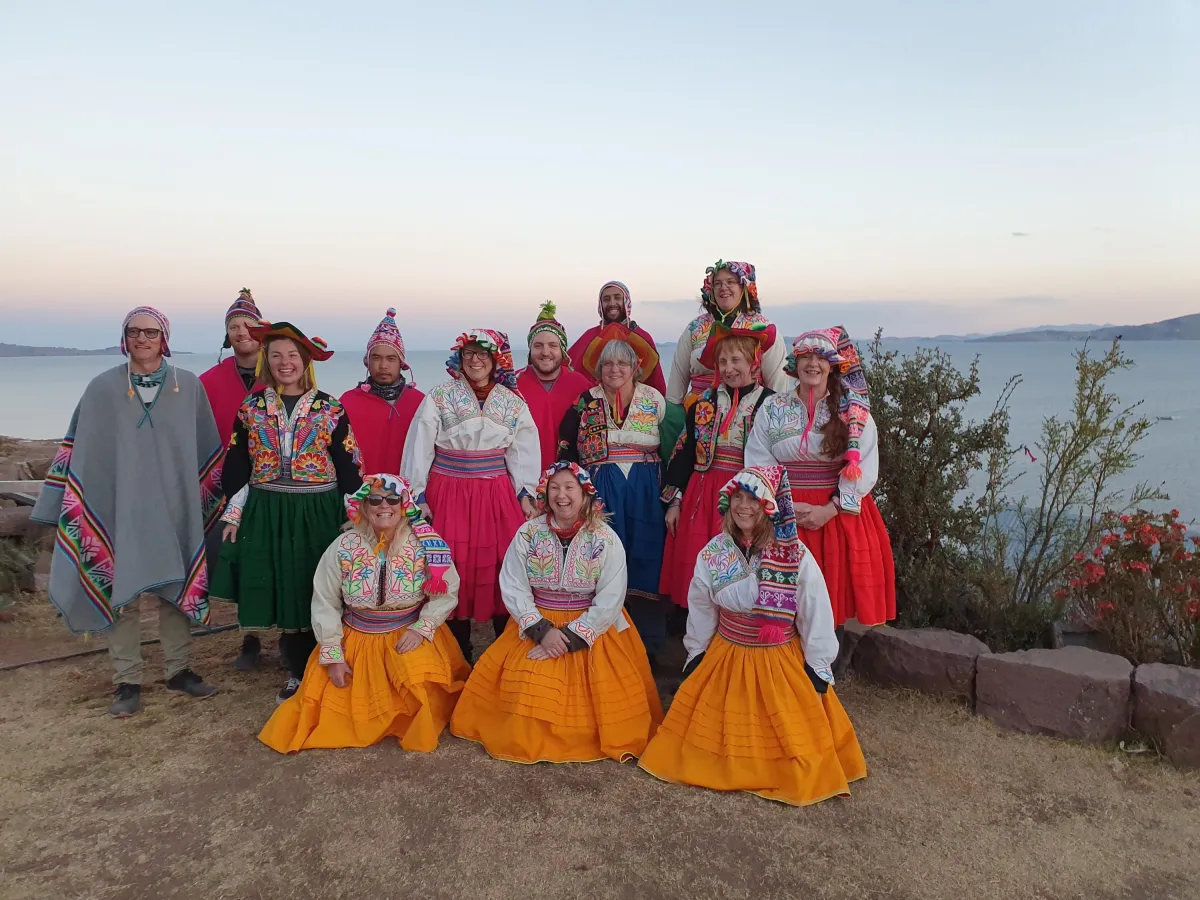

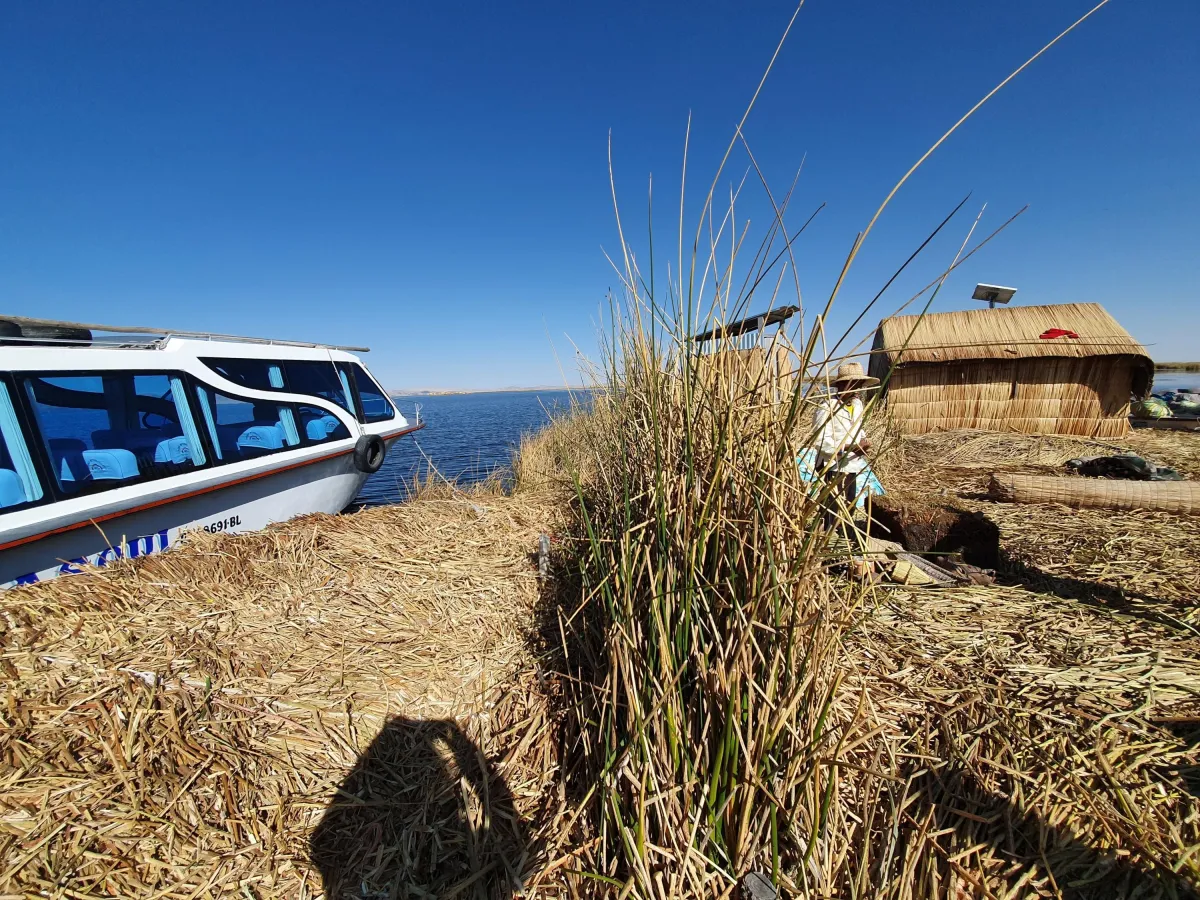
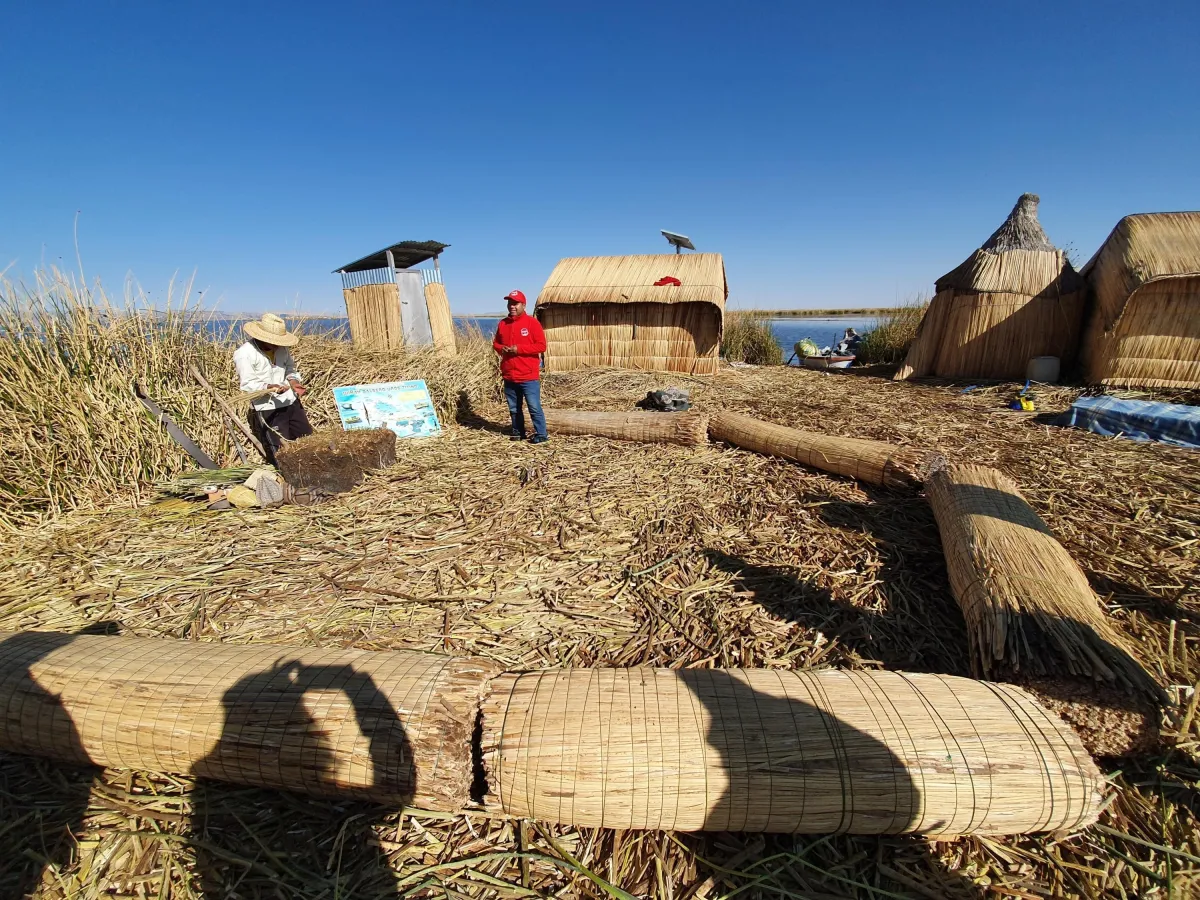
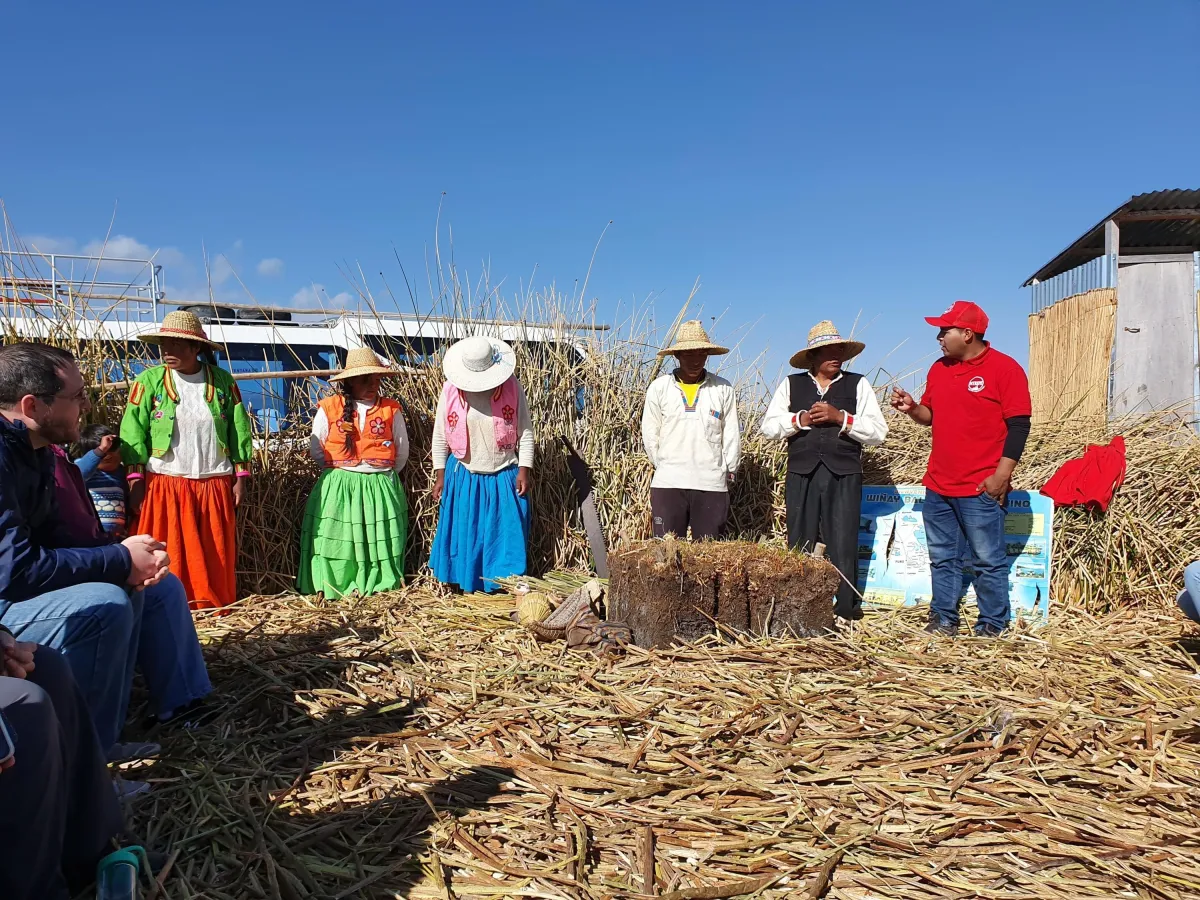
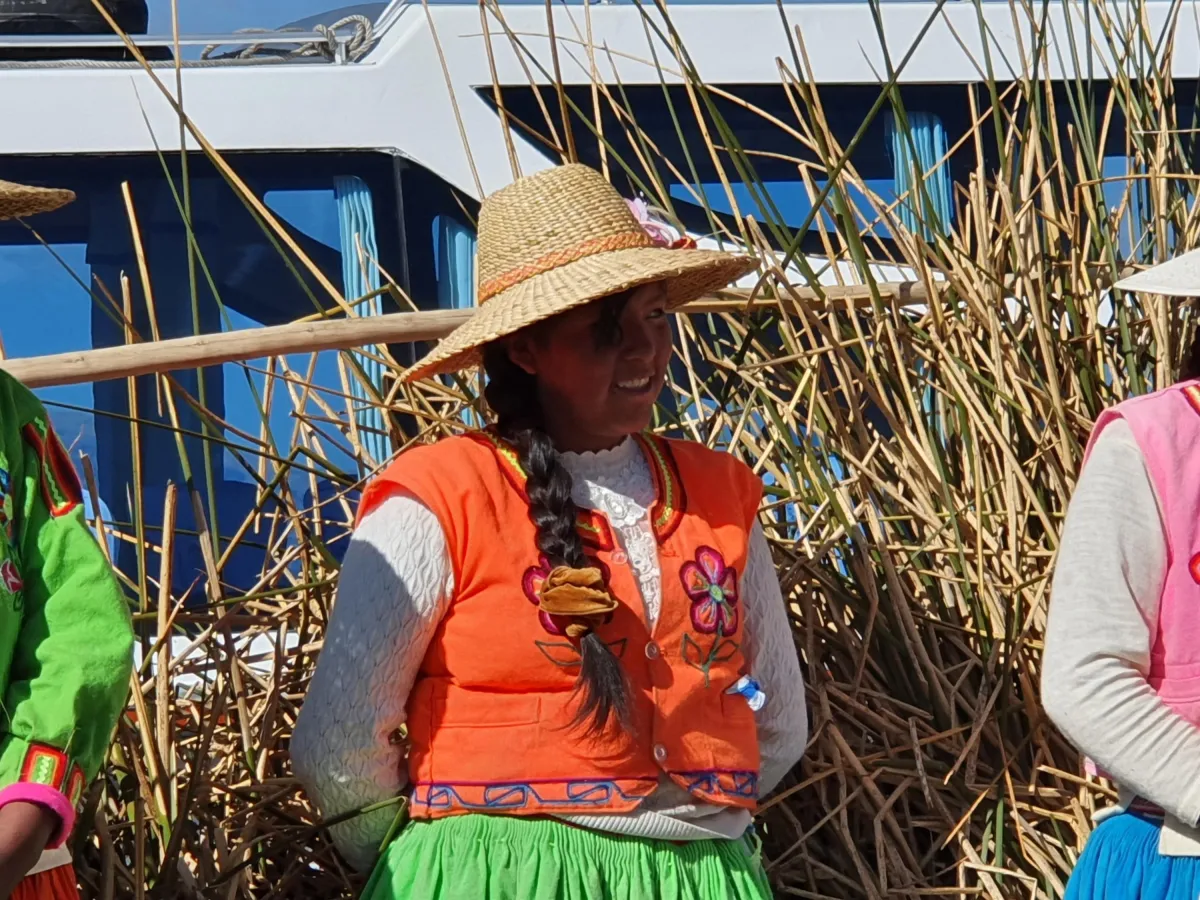

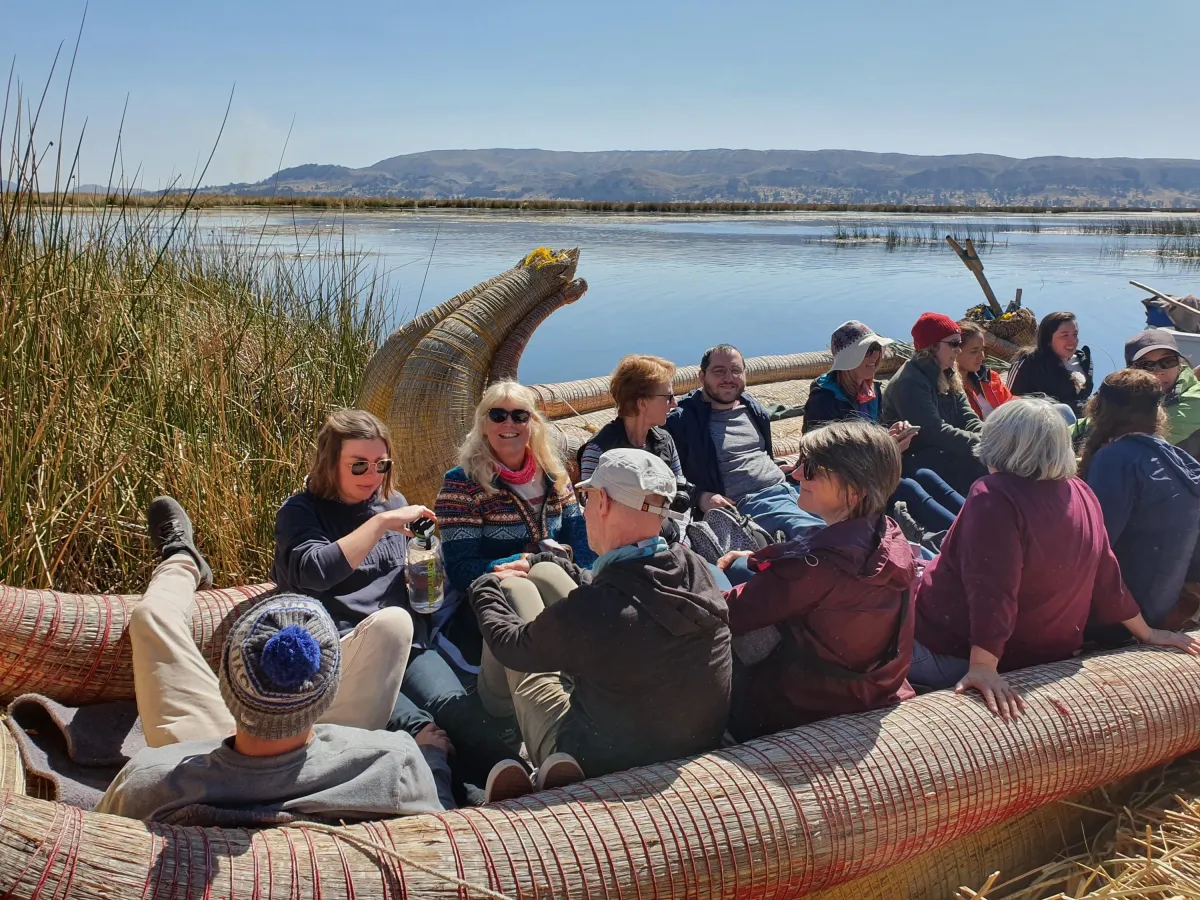
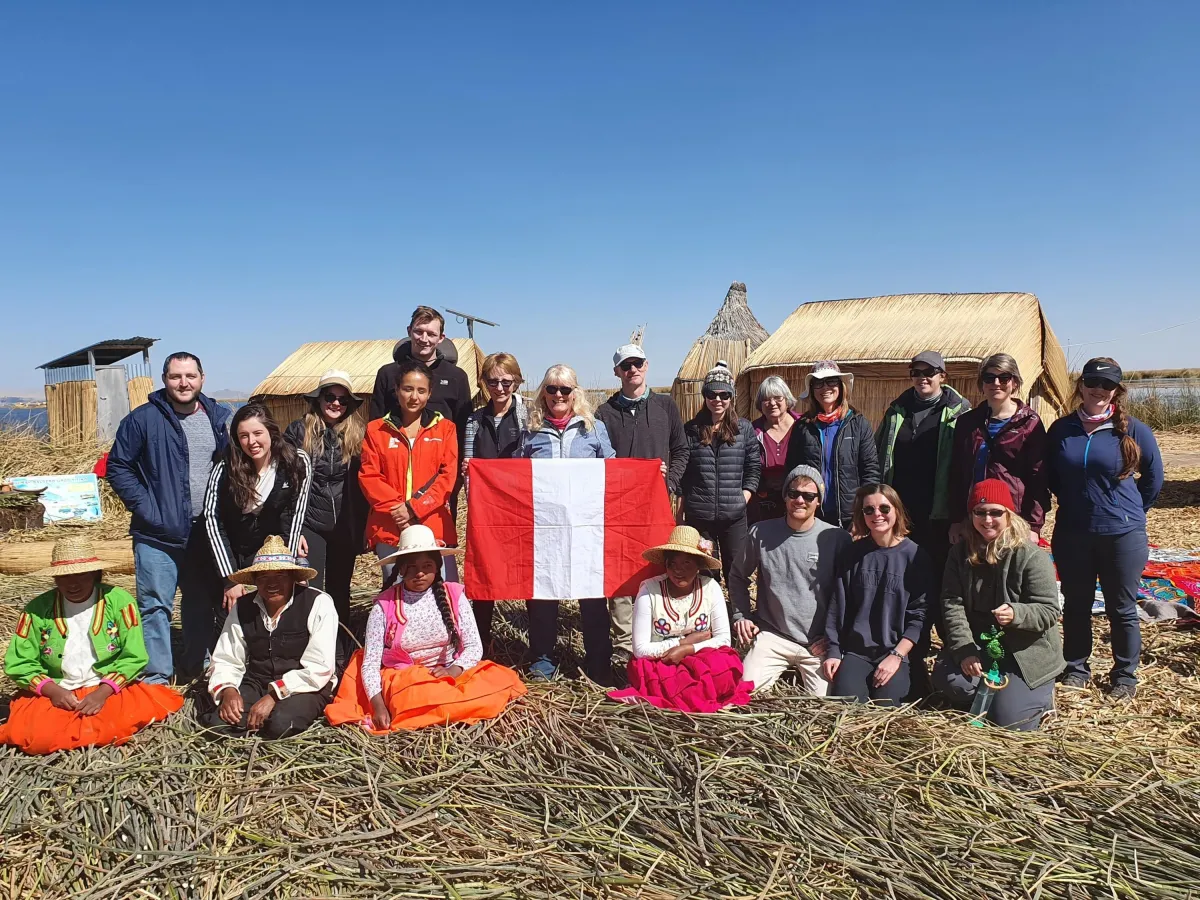
Want more confidence to achieve more success, have more adventures and have more fun?
Join the
Atrévete
Facebook Group
Spending time with the indigenous people was such a rewarding experience and I wouldn't have missed it for the world.
Day 25 Travel to Puno
Thankfully, today was a travel day so I didn’t have to do any hiking – only a little walking.
We were picked up early at 7am and taken to the central bus station to get on a public bus. The journey to Puno was 7 hours but the happy part was that the bus was amazing, really luxurious! The seats were huge with bags of leg room and there was not just a foot rest but a complete leg rest – you could pretty much recline and be practically horizontal. There were also USB charging points and it was very comfortable.
After 5 hours, we stopped for a toilet break and an opportunity to buy more snacks (there was a loo on the bus but it was strictly for #1 only!) It was a short break but allowed a very welcome leg stretch. Even with all the room on the bus, I was beginning to feel a little restless.
When we got to Puno, we checked into the hotel, had a walking tour, then went for dinner and prepared ourselves for the next adventure – our homestay on Lake Titicaca.
Again, it was an early night for an early start – which was futile as I still didn’t sleep – only an hour or two at most again!
Day 26 - Lake Titicaca
We met in the lobby at 7am after breakfast to begin our day and we were all very, very tired and subdued.
This was the morning that I felt at my worst – I was sleep deprived, exhausted and really didn’t feel like doing anything. But we were introduced to our next guide called Junior who was to look after us and tell us all about Lake Titicaca and the local inhabitants. He had bags of energy and lifted us up before telling us that our limousines were ready for us.
We were expecting another minibus but our ‘limousines’ turned out to be pedal tuk-tuks which were enormous fun. We were taken in pairs and our tuk-tuk drivers raced each other – it was hilarious and lifted me up so much! By the time we got to the harbour, I was laughing and energised again.
Then we got on the boat for our ride to the first Island where we visited some of the indigenous people. It was a short walk to a spot where the locals had prepared a presentation for us. We drank Inka Kola – which is lime green and not like Coca Cola at all. It was really nice. The locals did a dance for us and then showed us their textile industry.
They take the wool from the llamas and alpacas and the ladies use very basic looms to weave material and the men knit and crochet. The guys are famous and very proud of their knitting. After the demo of course there was the opportunity to buy their goods which were proudly on display.
After this, we got back on the boat and went to Taquile Island, where we met our Homestay families.
Caroline and I were paired off with a family and the ‘Mamita’ of the family, Candelaria took us to her home which was a set of mud brick huts. We were expecting to stay in a really shabby mud brick hut with straw mattresses on the floor and we were expecting to have to share a drop toilet with the rest of the family, but we were pleasantly surprised.
Our hut was mud brick, but it resembled a proper building, with 2 actual beds. Yes, they were straw mattresses on the beds but it was at least a bed. And we had our own en-suite toilet which was a proper flush toilet – unexpected luxury! It turns out that the locals have made a special effort to build huts especially for tourists to attract more and earn more income. Our huts were better than the huts lived in by the family themselves!
Mamita introduced us to her husband, Jesus, and we gave them the gifts of food supplies we had brought for them. Then we went into their kitchen hut where we were served lunch on a rough wooden table and bench. Lunch was a massive bowl of soup with noodles, vegetables and lots of barley. Then we had a dish that was a big pile of rice topped with a kind of omelette, topped by a serving of chips (as in fried, chipped potatoes) laid out in a pretty fan shape.
We had some stilted conversation in stilted Spanish and then it was time for an hour’s siesta.
After our siesta we met up with our mamita to help with some chores. We were instructed to follow her and she took us down a hill and across some fields until we came to a spot where she took out some hand ploughs out of her shawl that she was carrying on her back. She gave us a hand plough each and started to plough, so we followed her lead and began ploughing. It was back breaking work and we got very hot very quickly! They plough all their fields by hand – no machinery and not even oxen or horses to pull ploughs for them.
After about 45 minutes, we were thankfully done and had to make our way back up to join the others for a game of volleyball.
The volleyball was a lot of fun – the locals took it very seriously and played full out – there were 3 locals and 3 tourists in each team and we rotated so most of us tourists, including me, got to play! It was hilarious! Most of us tourists didn’t have a clue lost the points – it was up to the locals to win the points!
After volleyball, our Mamitas dressed us up in local costumes, including the guys, and we were grateful for the extra layer because it was turning very cold! Next, we went into the dining room and peeled and chopped vegetables for our evening meal.
Then we had a little party! We played cards and jenga and listened to music – and I got to have a salsa dance with Reny our guide. Sadly, the video didn’t come out ☹
Then we had our meal and shortly afterwards headed to bed. It was so cold, I wore several layers of clothes instead of using all the blankets, which were so heavy that you couldn’t move in them. We were also treated to a hot water bottle – our mamita brought it to us – literally a plastic bottle of water (like the ones you buy from any store) that had been heated up and wrapped up in a knitted sock! But it really did the job!
I just couldn’t get comfy though – I prefer a regular mattress to a straw one – and barely got any sleep. The advantage was looking out of my window at 4am and seeing the most wonderful display of stars and the milky way.
Day 27 – Lake Titicaca & Uros Floating Islands
Breakfast with our host family was at 06.30 am and we were given a feast! A large pancake each with jam, boiled eggs and deep-fried bread! I can’t normally face much first thing, and usually take fruit and anything else that lends itself to being carried to eat later, but this time I had to force myself to be polite! I ate the pancake, but explained to them in my basic Spanish that I only ate a little at breakfast and I was too full to eat any more!
Then, at 07.30 we went to get the boat for the next part of our Lake Titicaca adventure. We cruised for about an hour back in the direction of Puno and came to the most incredible floating reed islands – the islands of Uros.
These islands were inhabited by indigenous people who had taken to the islands as they lost their land on the mainland. They were incredible and ingenious people.
Our boat came alongside one of the islands and we went ‘ashore’ – although it was such a strange feeling as we were still afloat! We were introduced and then took our seats on what looked like hay bales, although they were made of reeds. The ex-president of the island welcomed us and introduced his family, telling us that some of his sons were working on other islands, or fishing or on the mainland. One of his daughters was there and she was 15 and had the most infectious giggle ever – she was so sweet!
Then one of his sons – the new president of the island – took over the presentation and showed us how the islands were made. We were also given a display by a couple of the women to show us how they traded.
Live reed beds that were established, thick and fully oxygenated (so they would float) were lashed together to form a big island. These were anchored with several large pegs into the shallower floor of the lake. Then layers upon layers of reeds were added to form a floor and more layers were built up around the outside to build ‘walls’. Then, individual huts were built and also boats – and we were shown how these were built as well.
Some of the islanders were fishermen, while some grew corn and potatoes and they went to other islands on their boats to trade. They also made handicrafts and took these to the mainland to sell.
The living conditions were the most basic we had come across on our trip so far – the huts were literally one-room huts and they slept on blankets on the floor. Meals were communal and cooked in the centre of the island, on a stone slab and the ‘oven’ was heated by burning reeds. There was one ‘toilet’ shed that served the small island and I guess they washed or bathed in the lake itself. On the island were also chicks of various birds.
We were shown around the island and the islanders welcomed us into their huts – we also went up a watch tower that was towards the centre of the island.
Then we were taken on one of the larger reed boats for a paddle around the island. It was SO peaceful – I felt like I could have stayed there forever. Although a harsh life in some ways, it seemed like a less complicated and stressful life in many ways.
One of the less complicated ways of living was how the indigenous people approached dating! The dresses and the way the women wore their hair was very important. Certain colour dresses and pom poms in the hair indicated that the girls were single. Other colours and hair-styles indicated that they were engaged while others showed they were married. So there was no guess-work involved.
They got together at community events and the only question needed was the family name – if it was the same, then it was a no go because they wanted to avoid in-breeding!! If the name was different, then the guy had to ask the father’s permission to see the girl. This was pretty much the same throughout the indigenous peoples of Ecuador and Peru.
I wondered though, how courting couples got any privacy on these small reed islands – the answer was long boat rides where they took the boat into the privacy of the reed beds!
After buying some handicrafts from the islanders (it would be rude not to!), we got the boat back to Puno, where we had a couple of hours to get some lunch and collect our luggage for the long bus journey to the Bolivian border.
It was a 3 hour ride to the border and most of us slept or at least snoozed during this ride. Then it was time to say farewell to our lovely Peruvian guide, Reny, and cross over the border to Bolivia.
We were then taken care of by our new guide Marisol for the next 2.5 hours to La Paz. Once we checked in, Marisol took us for dinner and then we crashed for the night.

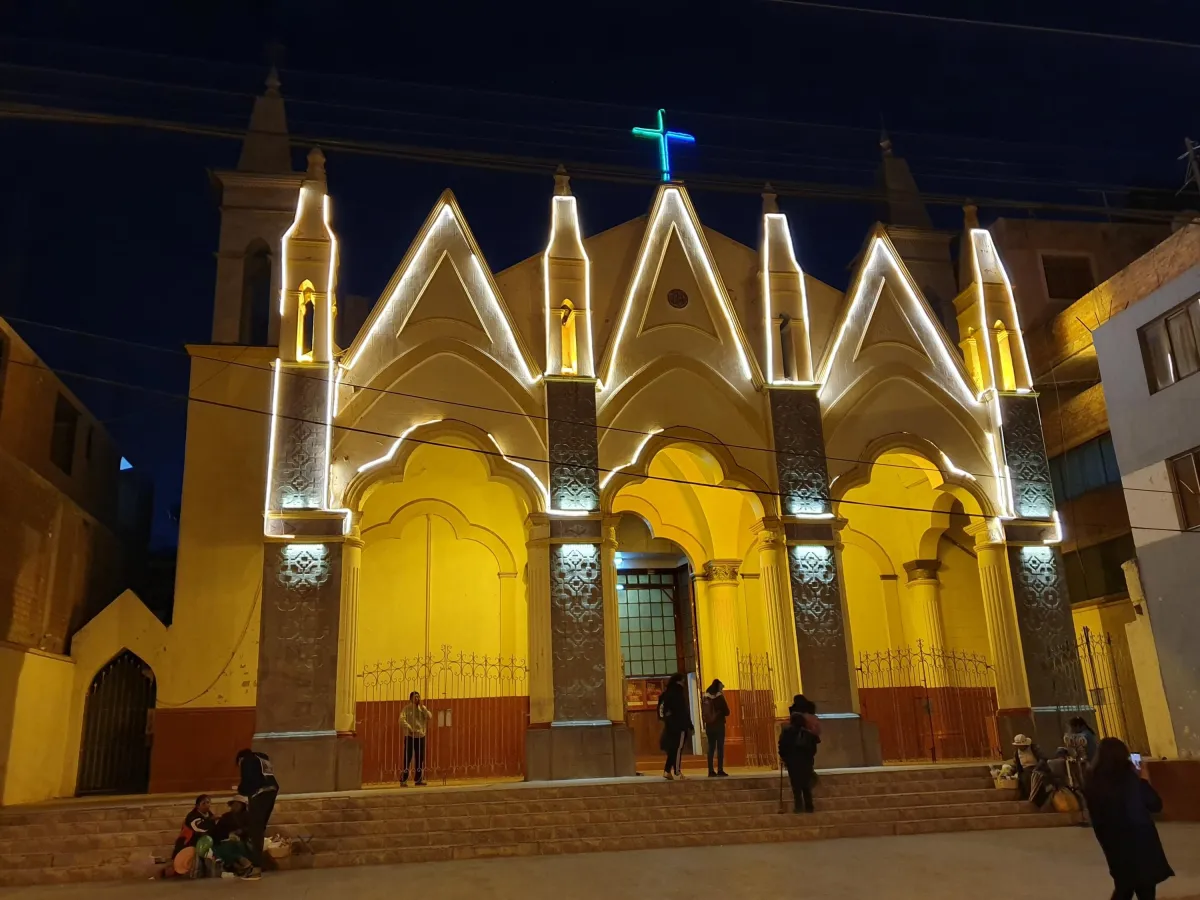
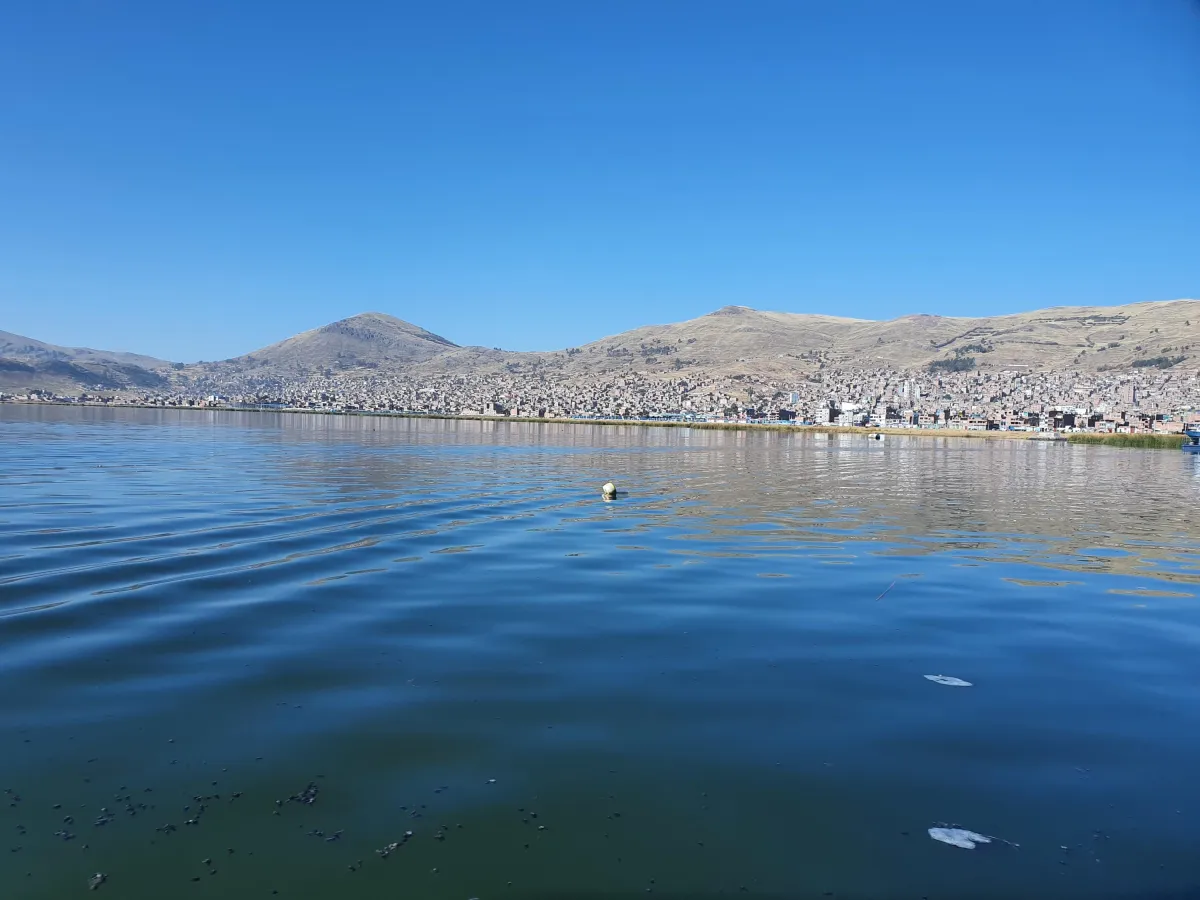
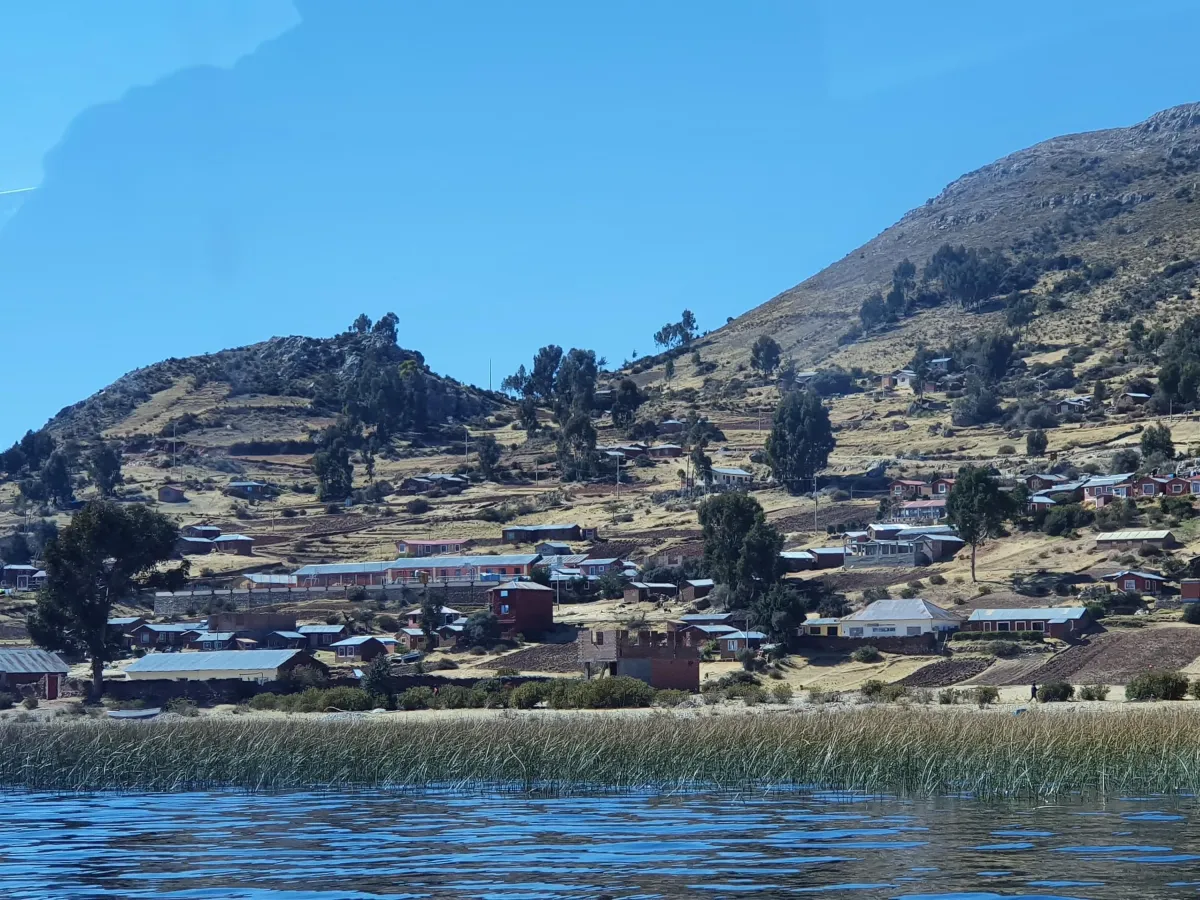
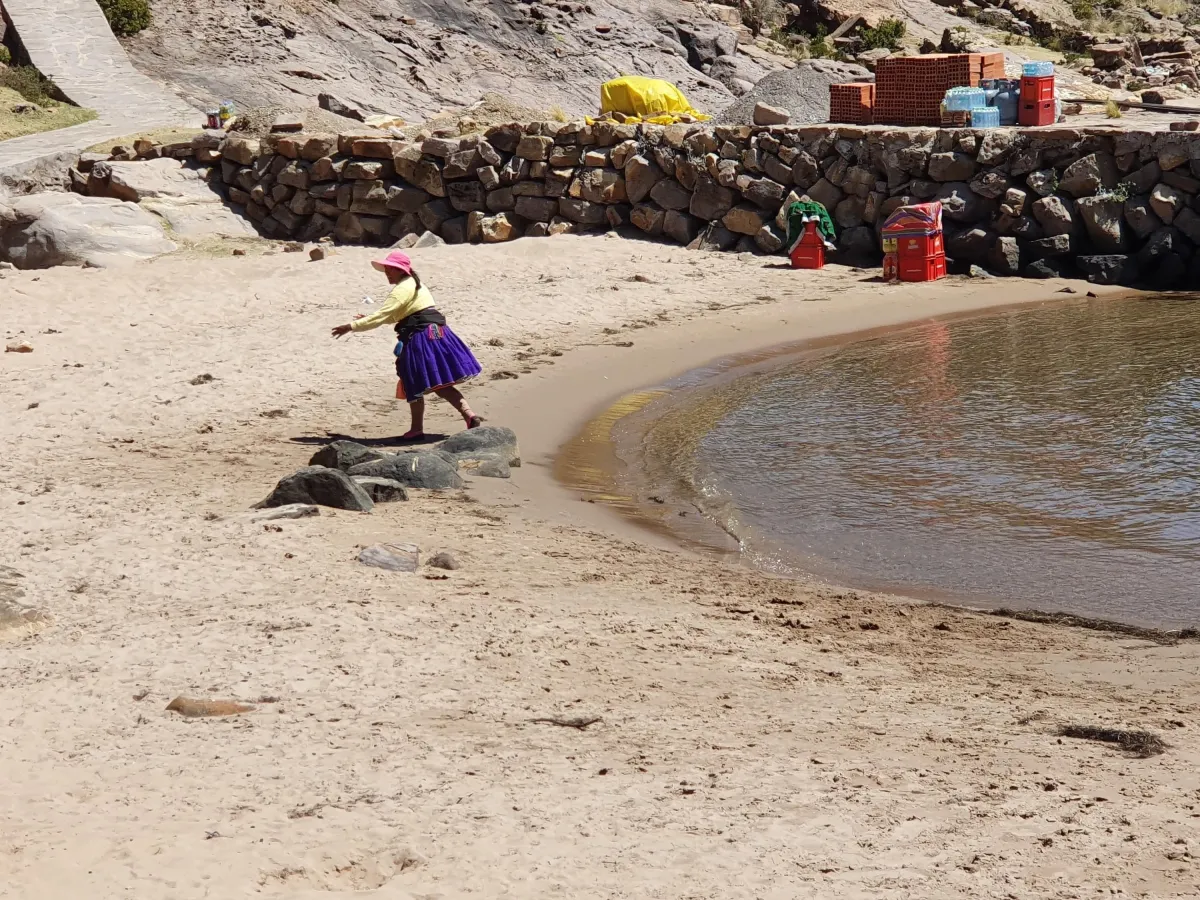
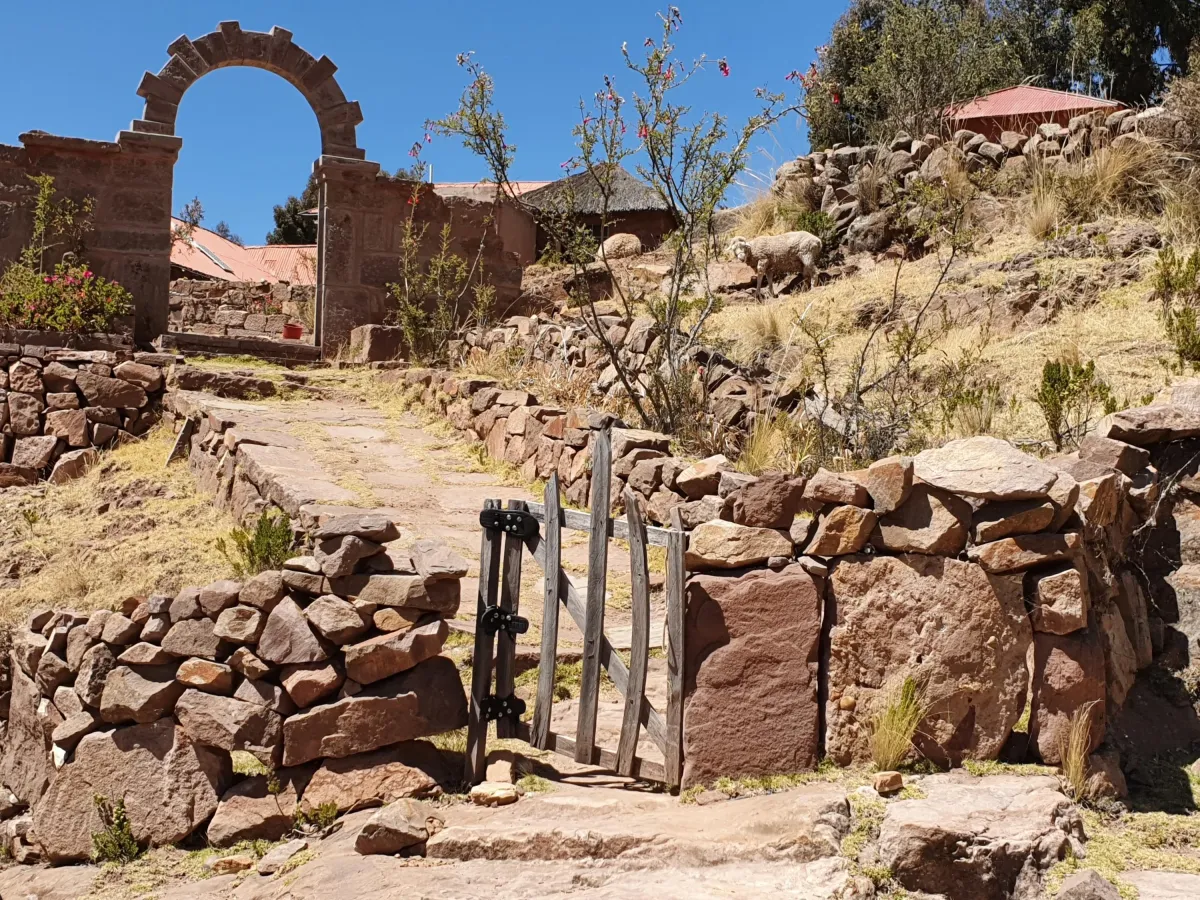
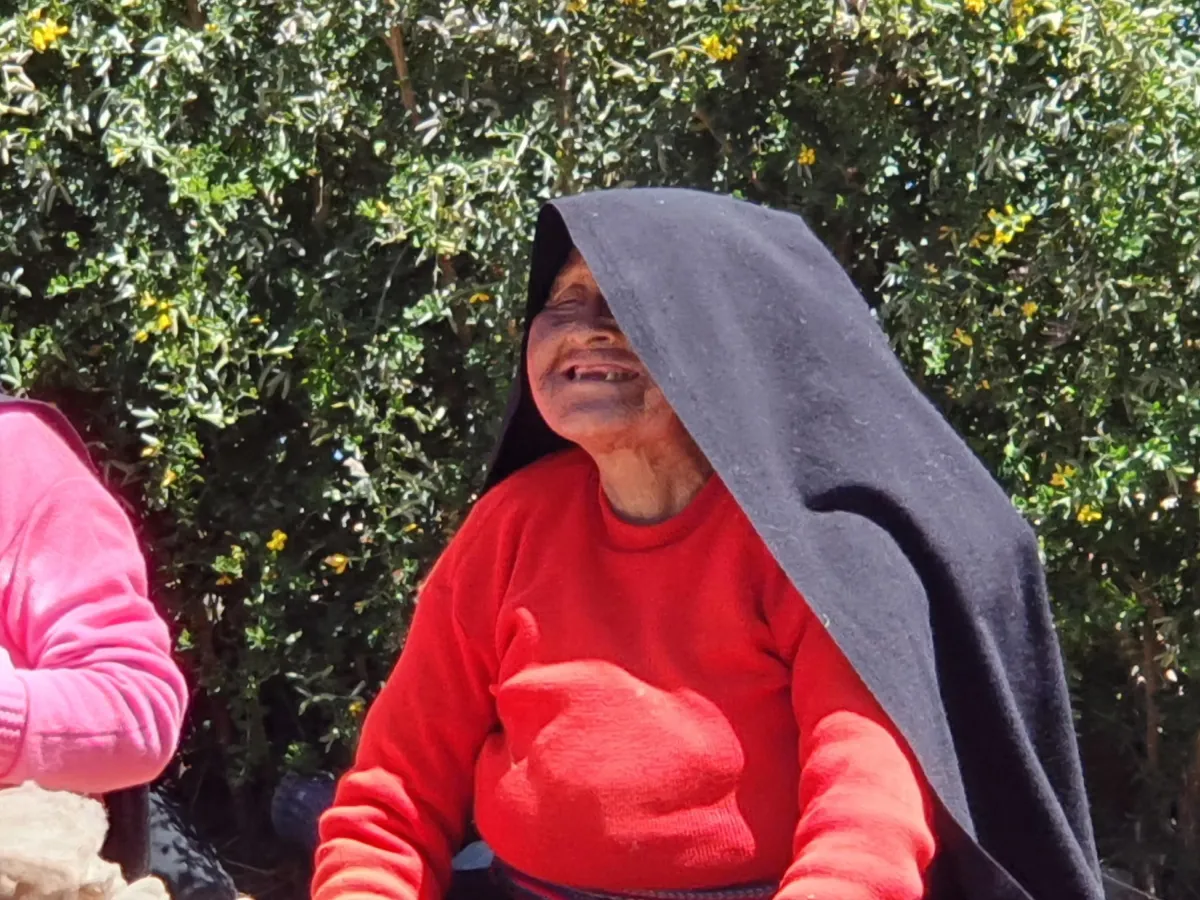
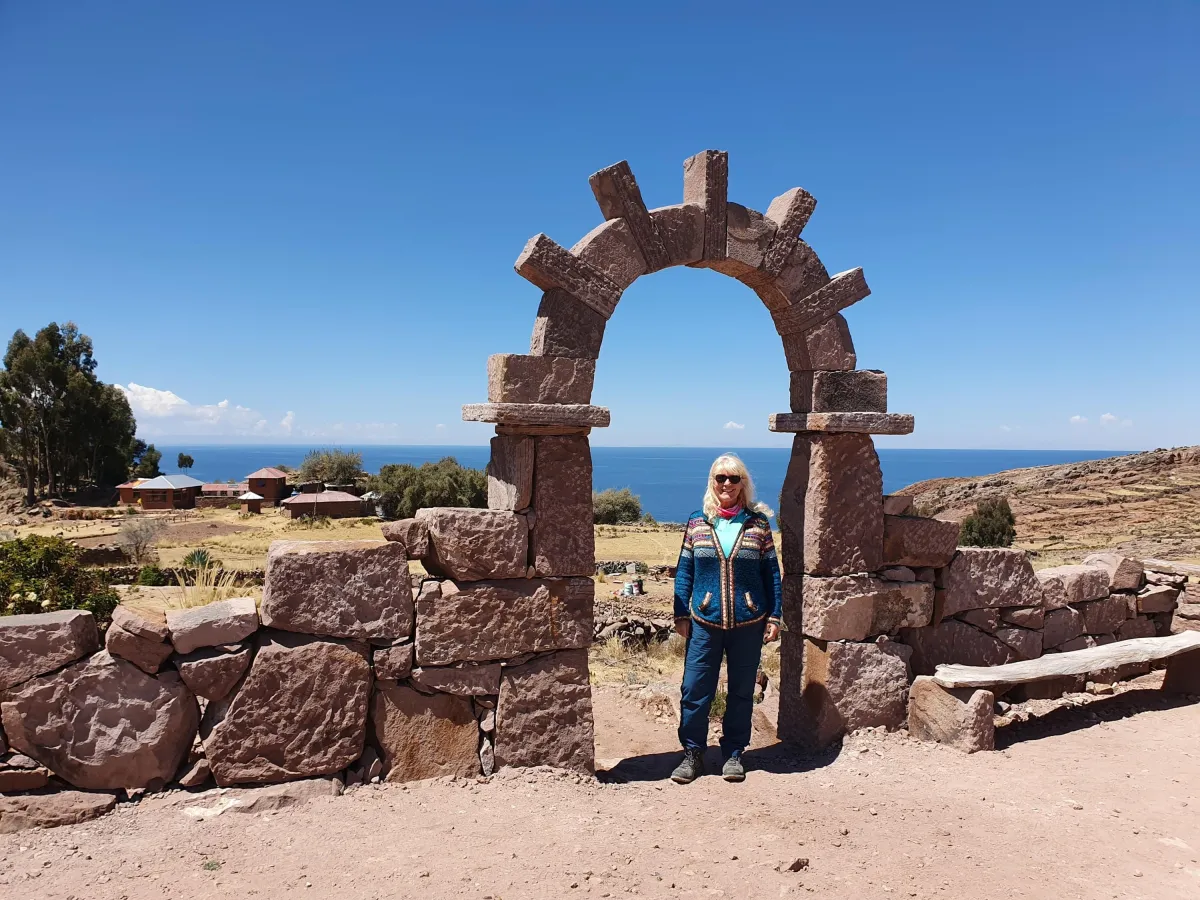
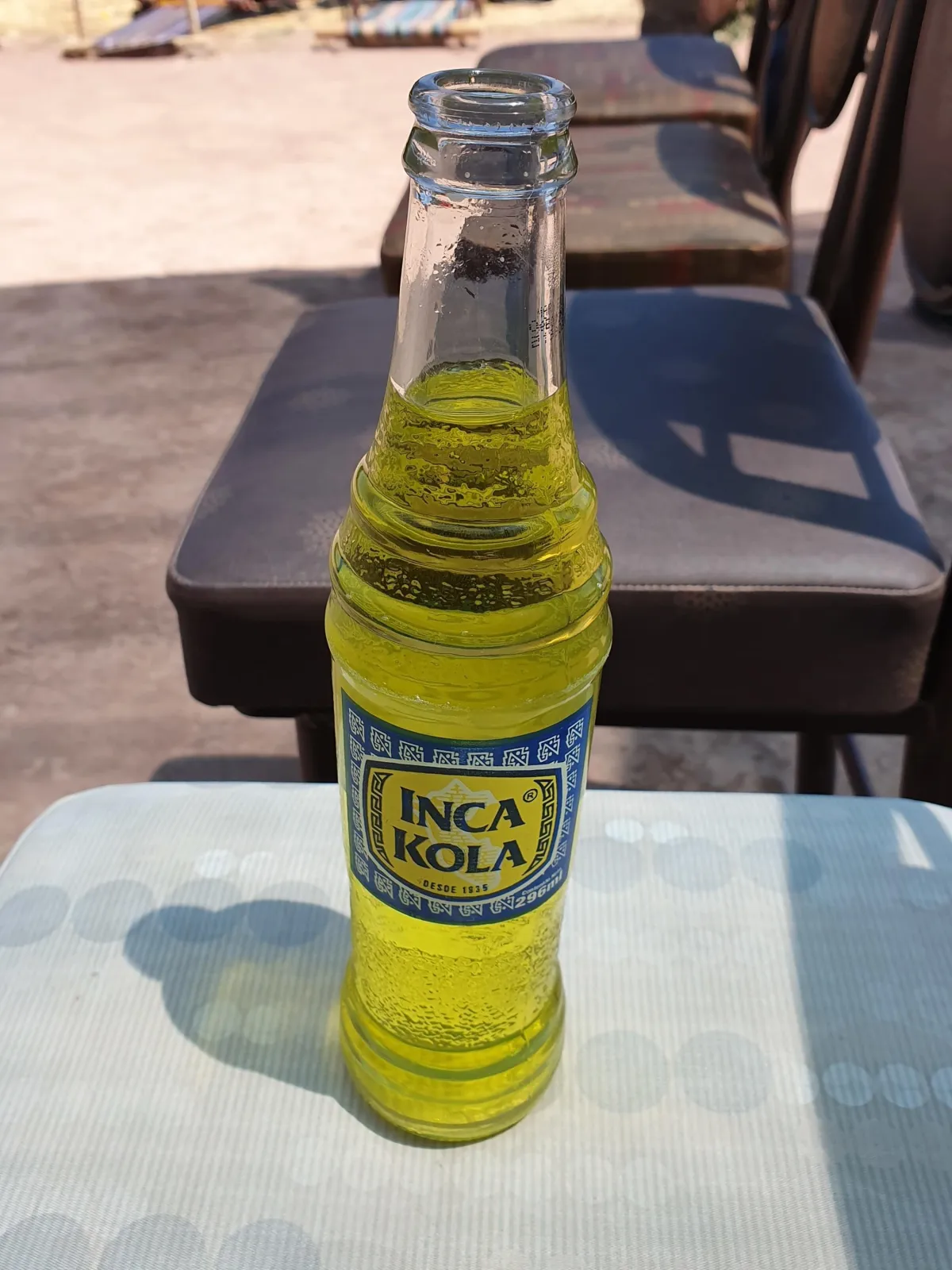
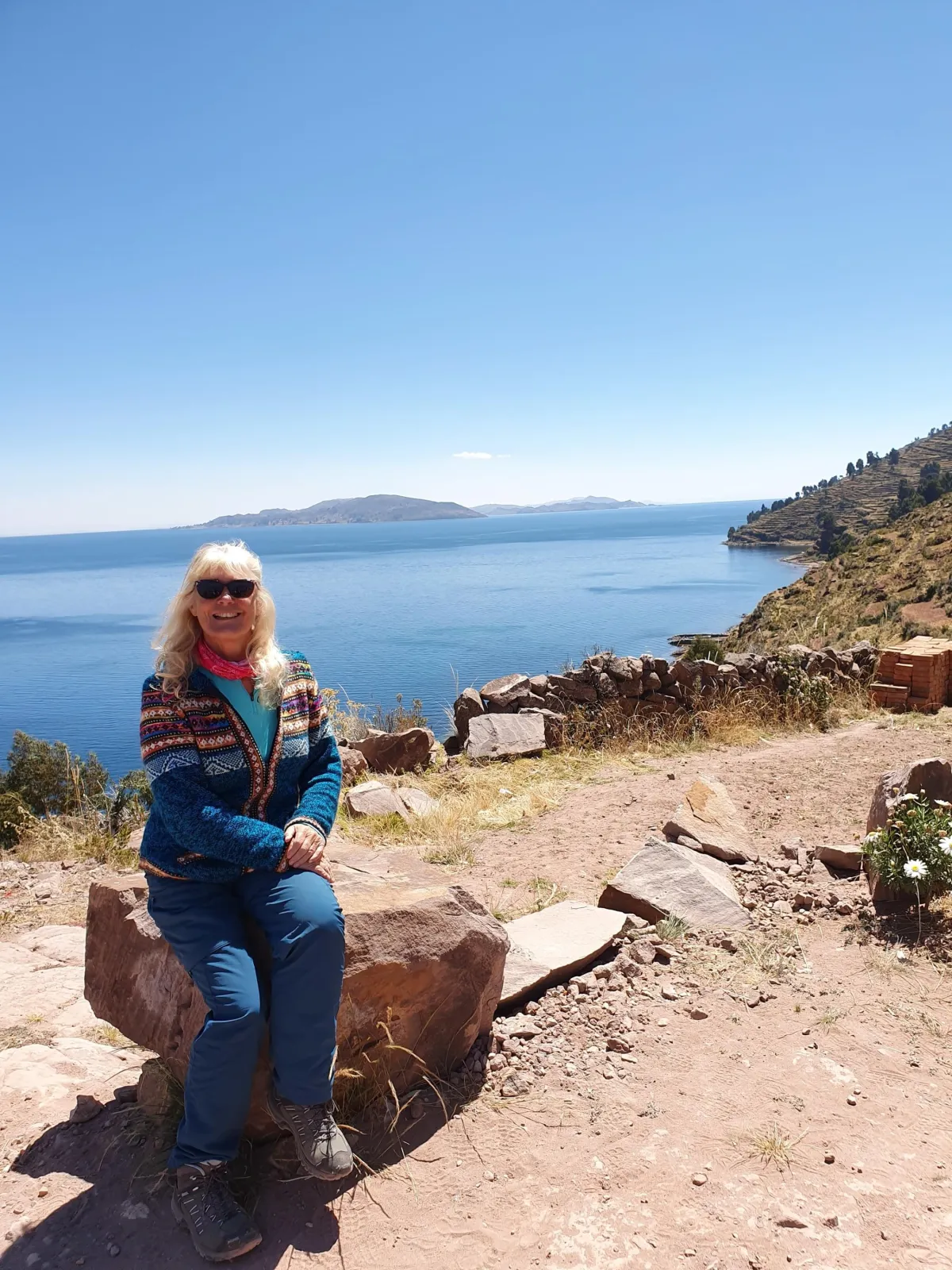
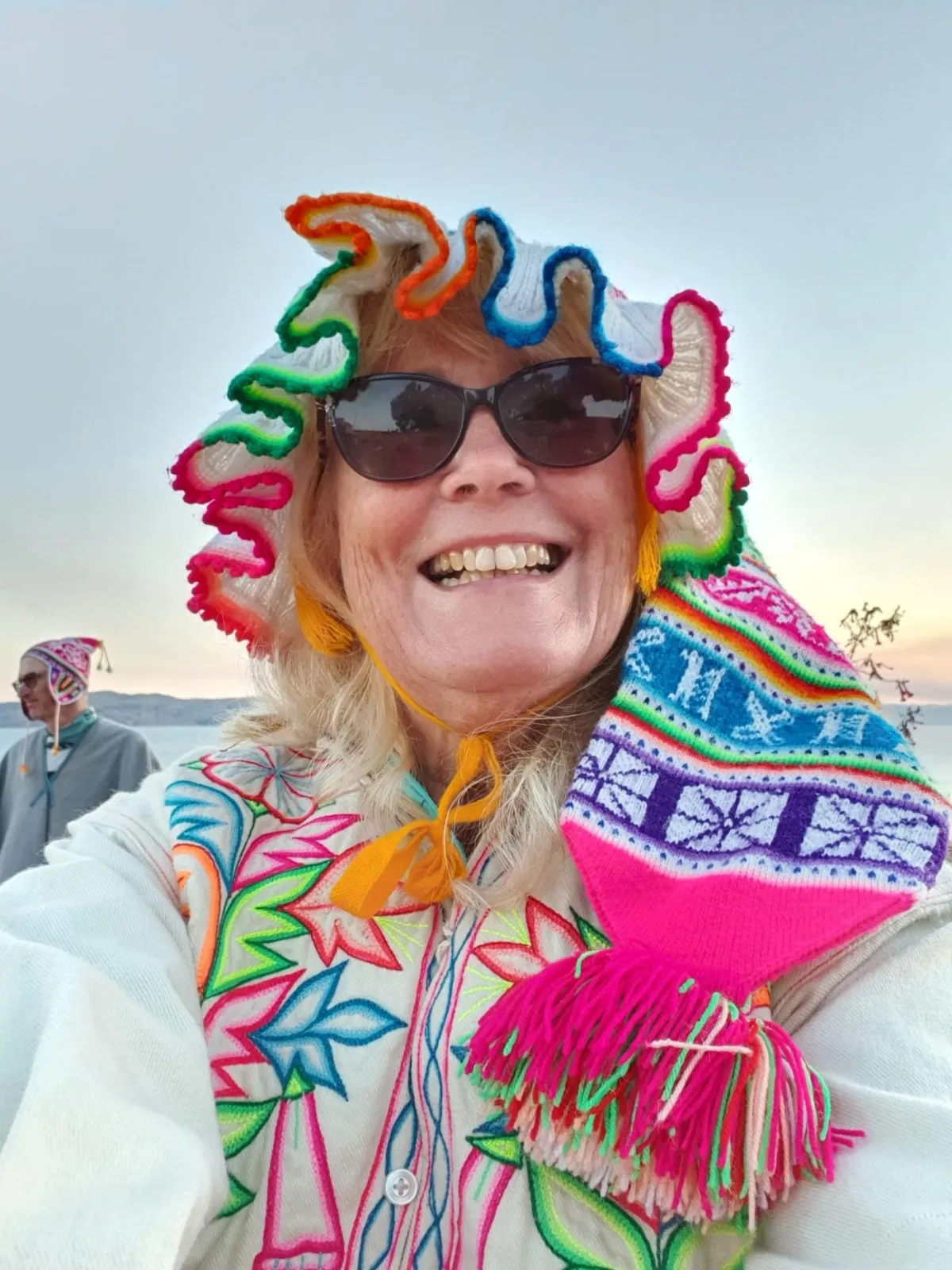

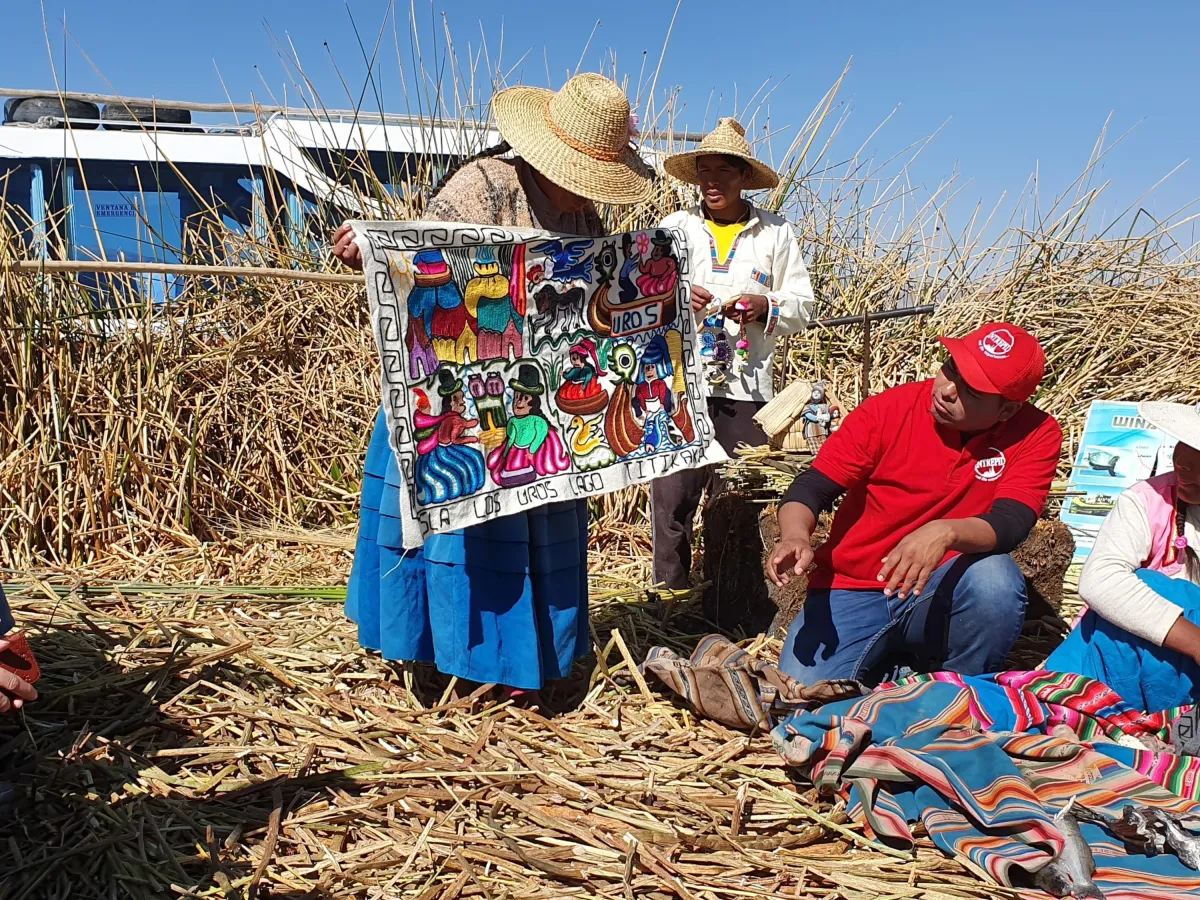
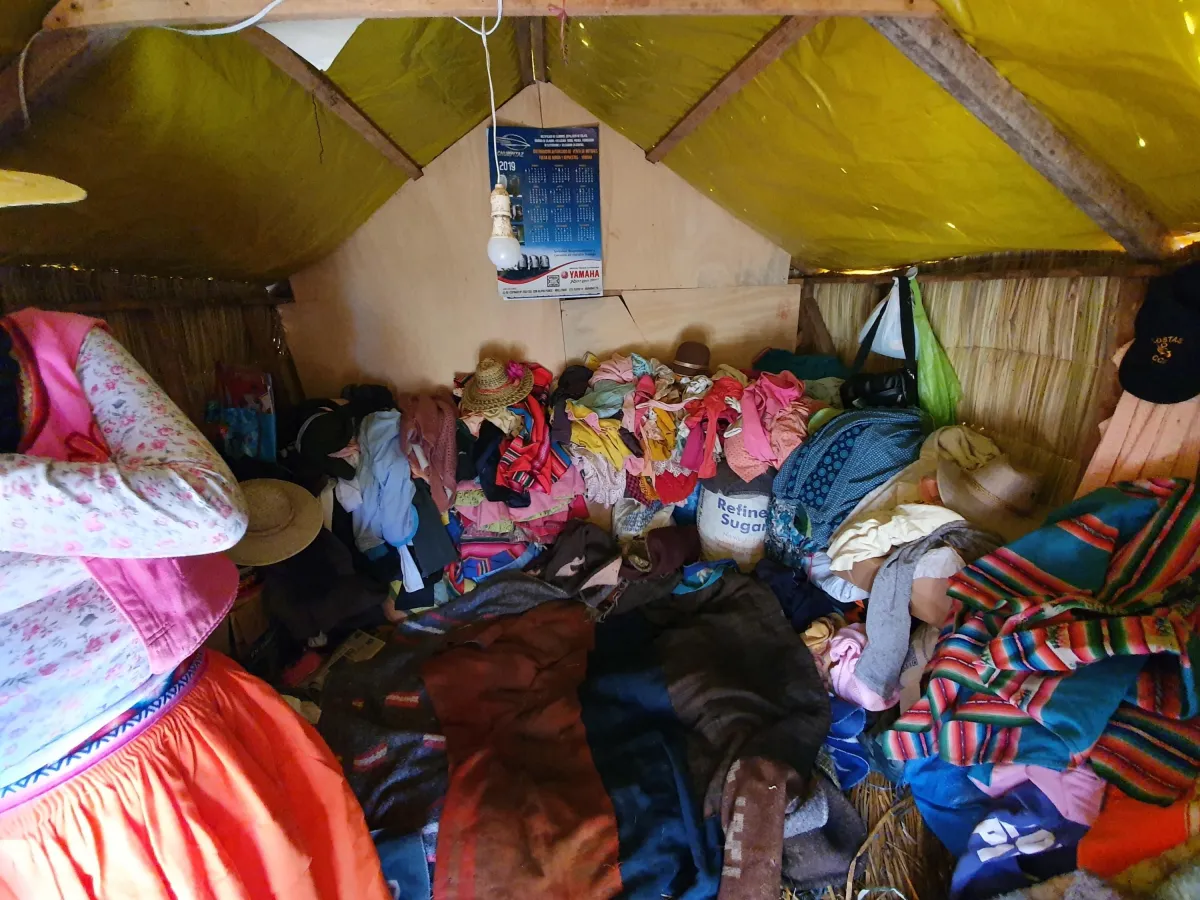
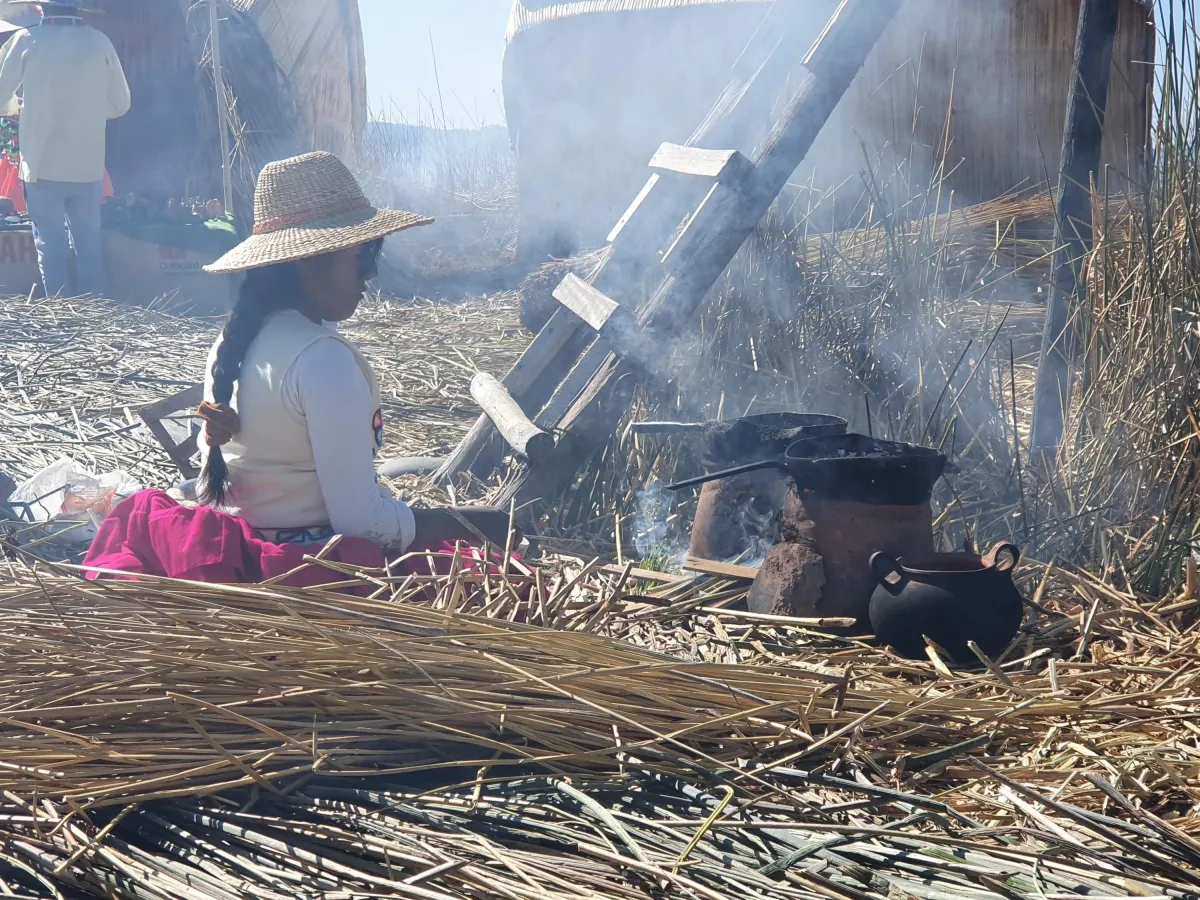


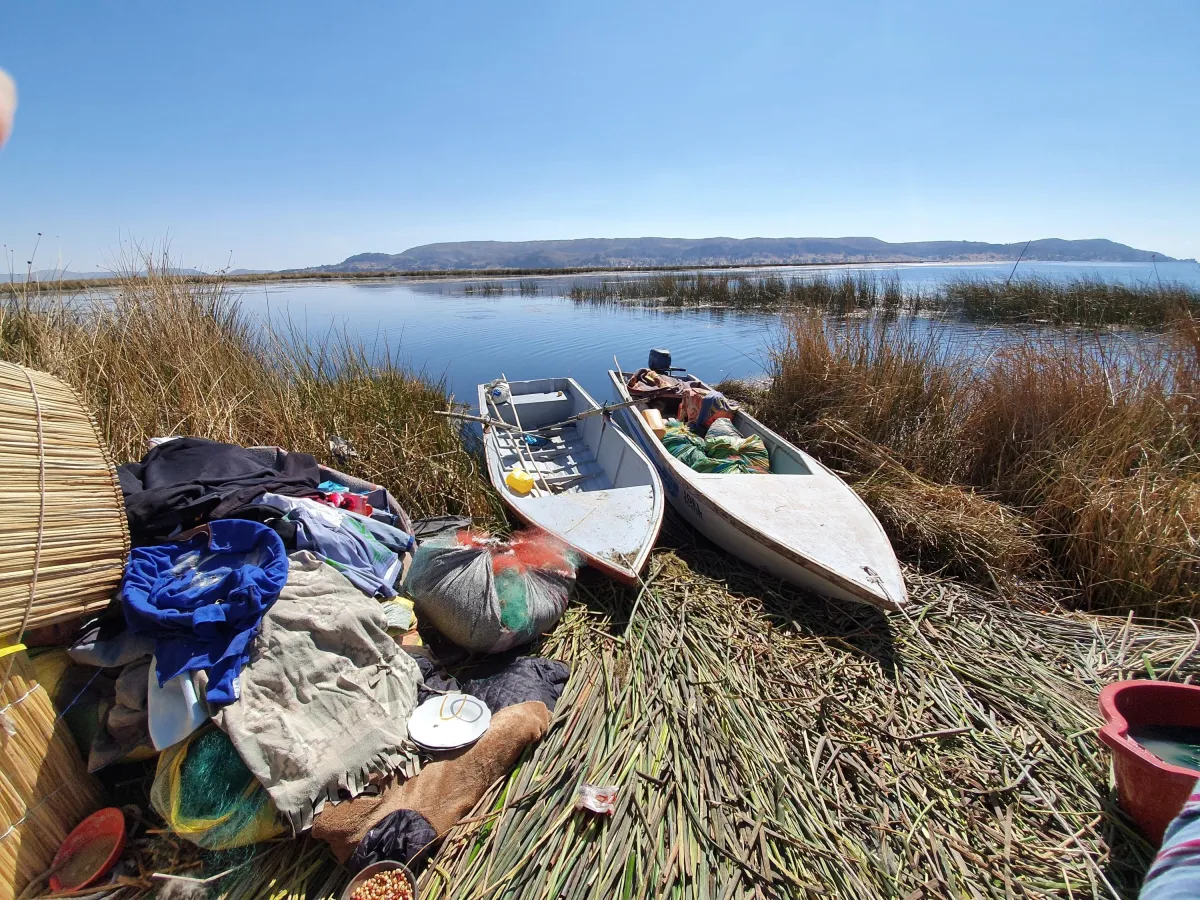
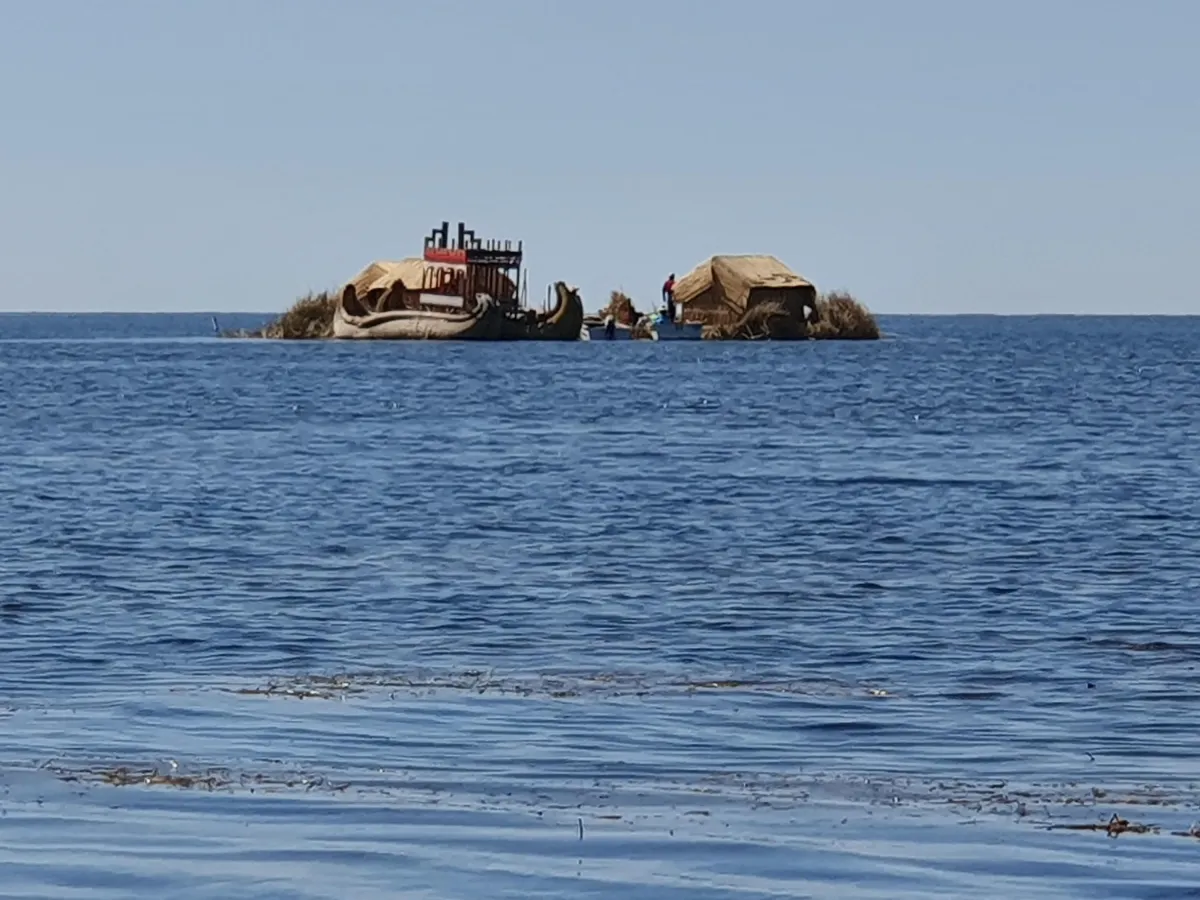
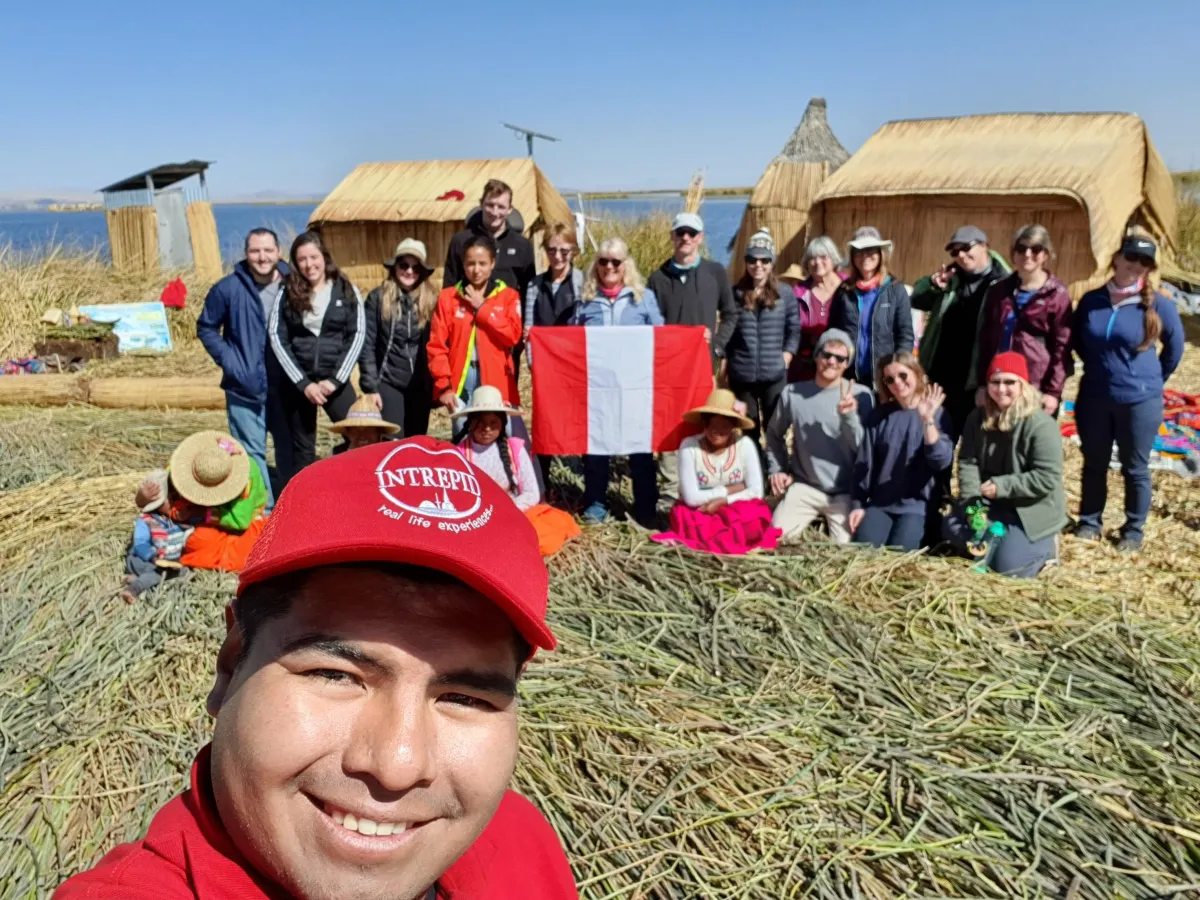
• SOUND MARKETING & CONSULTING LTD - COPYRIGHT © 2017 - ALL RIGHTS RESERVED •
